LEICA
It was the year 1849 when, in Wetzlar, Germany, Carl Kellner, a young mechanic founded the “Optisches Institut” (Optical Institute), where he produced glasses and telescopes. Shortly thereafter, in 1851, Kellner published an optics treatise titled Das orthoskopische Ocular, eine neu erfundene achromatische Linsencombination (“Ocular orthoscopy, a recently invented combination of achromatic lenses”). His invention was a success among scientists, and the Optical Institute began the production of microscopes that stand out for their quality and precision. This was the first step taken in creating one of the most renowned and recognised companies in the world known for the quality, innovation and differentiation of their products.
Timeline
ERNEST LEITZ IS BORN (1843-1920)
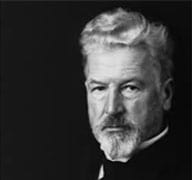
Ernest Leitz (1843-1920) is born, in Sulzburg, in the Black Forest, Germany.
CARL KELLNER (1826-1855) FOUNDS THE «OPTISCHES INSTITUT»
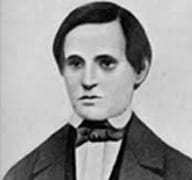
In Wetzlar, Germany, the young mechanic Carl Kellner (1826-1855) founded the «Optisches Institut» (Optical Institute).
THE OPTICAL INSTITUTE STARTS THE PRODUCTION OF MICROSCOPES
The Optical Institute starts producing microscopes that are noted for their quality and precision.
CARL KELLNER HAS A PREMATURE DEATH
On May 13, Carl Kellner dies at the age of 29. The management of the Optical Institute is assumed by Kellner’s widow and an apprentice, Friedrich Belthle (1829-1869), who married her the following year and subsequently managed the company. At this time, it was a small business with less than 20 employees and a small workshop.
ERNEST LEITZ LEFT SCHOOL TO STUDY MECHANICS
At the age of 15, Ernest Leitz (1843-1920) left school to study mechanics. He then took internships at Swiss watch companies where he became familiar with the problems of serial production and distribution and learned management techniques.
ERNST LEITZ BEGINS TO WORK AT THE OPTICAL INSTITUTE.
Ernst Leitz begins to work at the Optical Institute.
ERNST LEITZ BECOMES A PARTNER AT THE OPTICAL INSTITUTE.
At the age of 22, Ernst Leitz became a partner at the Optical Institute.
1000 MICROSCOPES PRODUCED
The Optical Institute manufactures its 1,000th microscope.
ERNST LEITZ ASSUMED THE DIRECTION OF THE COMPANY
After the death of Friedrich Belthle, Ernst Leitz assumed the direction of the company, having added his name to the Optical Institute. The Ernst Leitz – Optische Werke – Wetzlar company is established.
THE STATIV I IS PRESENTED TO THE PUBLIC
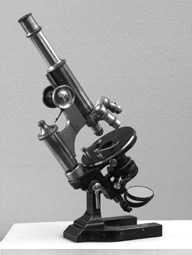
The innovative Stativ I microscope is launched
Oskar Barnack is born
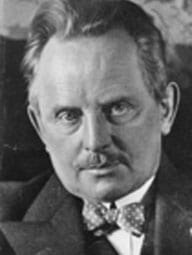
In November, Oskar Barnack is born, in the city of Lynow, south of Berlin.
350 MICROSCOPES ANNUALLY
E. Leitz produces 350 microscopes per year.
A NEW ENERGY FORM
The factory starts to use steam energy
10,000 MICROSCOPES PRODUCED
Ernst Leitz – Wetzlar reaches the mark of 10,000 microscopes produced.
20,000 MICROSCOPES PRODUCED
The mark of 20,000 microscopes is reached.
A BRANCH IN NEW YORK
E. Leitz opens a branch in New York.
50,000 MICROSCOPES PRODUCED
Ernst Leitz – Wetzlar reaches the mark of 50,000 microscopes produced.
400 EMPLOYEES AND 4,000 MICROSCOPES PER YEAR
The factory has 400 employees and produces 4,000 microscopes per year.
INNOVATIVE SOCIAL AWARENESS
Demonstrating great social awareness, Ernst Leitz instituted the 8-hour working shift and introduces health insurance for his employees.
BINOCULAR PRODUCTION BEGINS
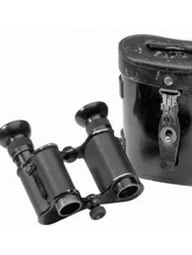
A new product is produced: binoculars.
9,000 MICROSCOPES PER YEAR AND 950 EMPLOYEES
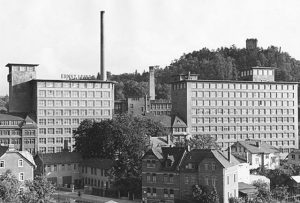
The company produces 9,000 microscopes per year and employs 950 persons
OSKAR BARNACK STARTS WORKING AT ERNST LEITZ – WETZLAR
Oskar Barnack starts working at Ernst Leitz – Wetzlar. In his spare time, Oskar Barnack was dedicated to building a portable camera.
l.
MAX BEREK ARRIVES AT ERNST LEITZ – WETZLAR
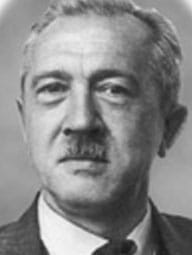
Max Berek (1886-1949), professor, physicist and mathematician, arrives at Ernst Leitz-Wetzlar and draws the first Leitz lens for cameras.
THE BINOCULAR MICROSCOPE AND THE UR-LEICA
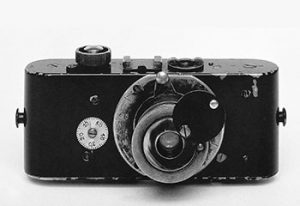
Its latest invention is launched: the binocular microscope.
Oskar Barnack creates the Ur-Leica, the prototype of a small-format 35mm camera.
NEW PROTOTYPE OF THE UR-LEICA
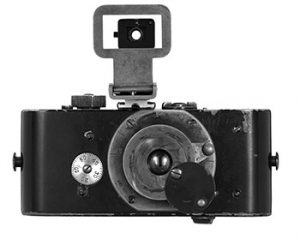
Oskar Barnack builds a new prototype of the Ur-Leica that Ernst Leitz takes on a trip to New York.
ERNST LEITZ II, SON OF ERNST LEITZ, ASSUMES THE COMPANY DIRECTION
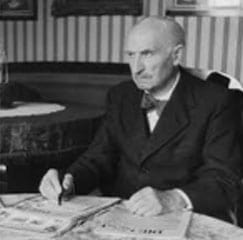
Ernst Leitz II, son of Ernst Leitz, assumes the direction of the company that becomes a joint-stock company (Ernst Leitz, GMBH).
Leitz employs about 1,400 people.
Leica A
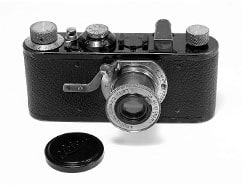
Leica A – pre-production series of 31 machines capable of supporting 35mm films for factory testing and independent photographers.
Dated in this year (November 3) patent registration No. 384071, relating to a «Rollfilmkamera» (camera film roll), granted to Ernst Leitz, Optische Werke in Wetzlar.
LEICA I ENTERS INTO PRODUCTION
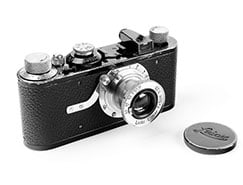
Although the prototypes of Leica-A had an inconclusive evaluation, Ernst Leitz decided to produce the camera (which would be called Leica I)
PRESENCE AT THE LEIPZIG SPRING FAIR AND THE SUCCESS OF LEICA I
Presented at the Leipzig Spring Fair, Leica-I was immediately successful. This model was followed by Leica Luxur and Leica Compur (in total 60,586 units of these three models were produced). The first polarized lens microscope is introduced.
THE FIRST 35-MM LEITZ PROJECTOR
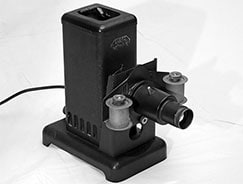
The first 35-mm Leitz projector for slides or film appears.
THE PHOTOGRAPHIC MICROSCOPE IS INTRODUCED
The photographic microscope is introduced to the market
LEICA I SCHRAUBGEWINDE APPEARS
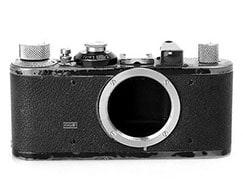
Leica I Schraubgewinde is created, also known as «Leica Thread Mount» or LTM. This camera had a lens that could be replaced because it was screwed in with a threaded fitting of 39mm in diameter.
LEICA II — THE FIRST LEICA CAMERA WITH RANGEFINDER
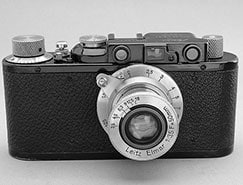
The focal length of the cameras is standardised at 28.8mm and implemented first in the Leica C model.
Leica II. The first Leica camera with rangefinder.
Also the first fluorescent light microscope is introduced.
Leica III
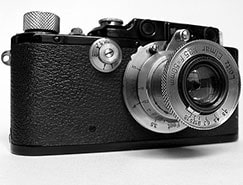
Leica Standard. The second camera with standard focal length of 28.8mm.
Leica III. This new model incorporates slow speed shutters.
3,000 UNITS PRODUCED OF THE THAMBAR 90 MM F/2.2 LENS
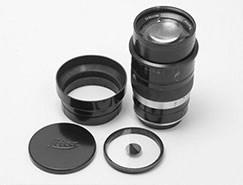
Between 1935 and 1939 approximately 3,000 units of this legendary lens were produced, the Thambar 90mm f/2.2.
Max Berek develops the lightmeter, an apparatus for measuring light.
OSKAR BARNACK DIES
«THE LEICA FREEDOM TRAIN» IS INTENSIFIED
Ernst Leitz II helped persecuted Jews flee Germany, on the grounds that they were being sent to the company’s commercial departments in other countries even when they were not company employees.
LEICA VERSIONS II AND III ARE IMPROVED
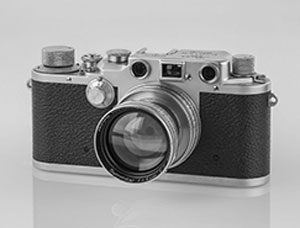
After the war, Leitz continued to produce later versions of Leica II and Leica III until the 1950s.
CREATION OF THE WORLD’S FIRST PHOTO AGENCY

Magnum: Henri Cartier-Bresson, Robert Capa, David Seymour and George Rodger founded the world’s first photo agency. All these great photographers used Leica cameras.
Leica IIIf
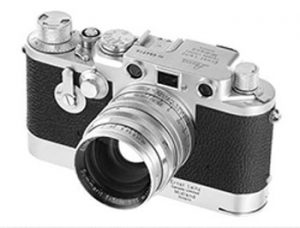
Leica IIIf is one of the last «screwmount» cameras, with 50mm / f1.5 Summarit lens.
VISOFLEX I IS LAUNCHED
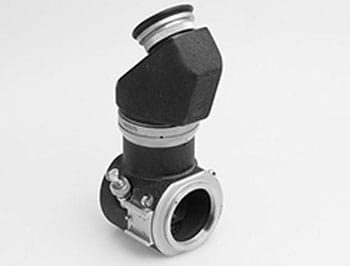
LEICA FACTORY IS ESTABLISHED IN CANADA
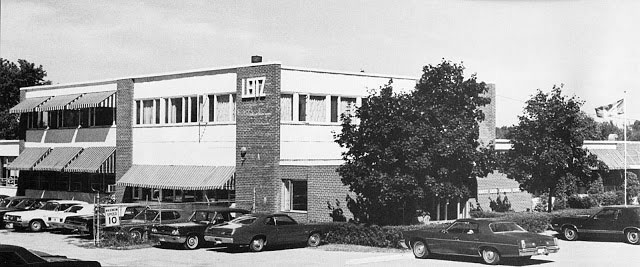
Günther Leitz founded the Canada factory for building the Leica camera
LEICA M3 IS LAUNCHED
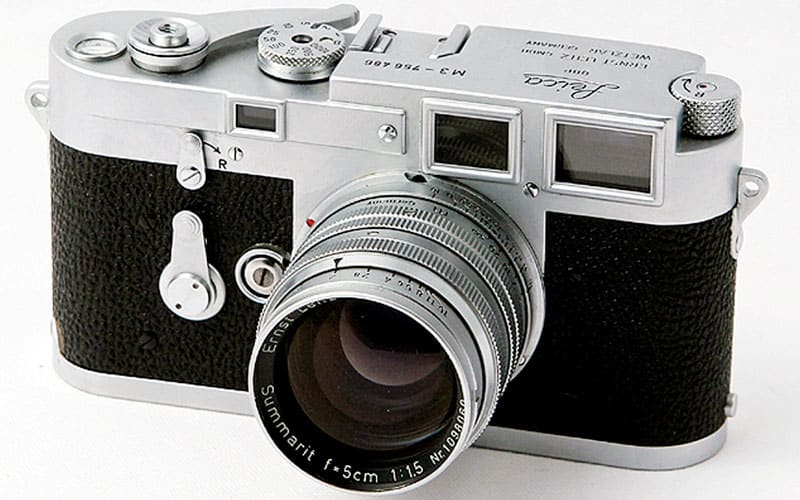
Launch of the Leica M3, introducing the Leica M system, from bayonet fitting to lenses. The model was abandoned in 1966.
The years following the launch of the M-Line were very successful.
LAUNCH OF THE LEICA MP
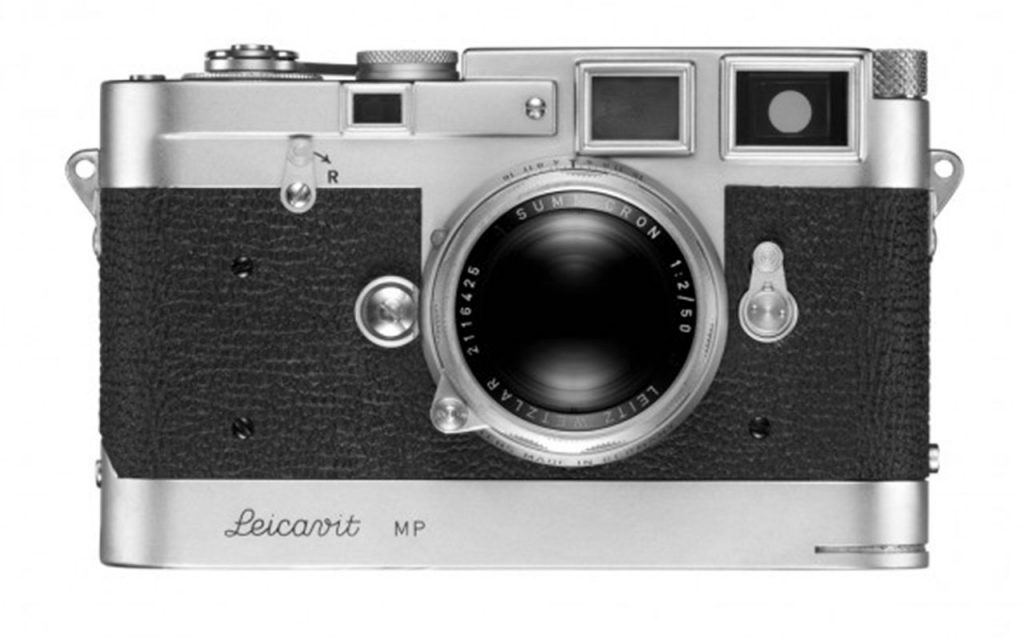
M film series / MP. MP meant «M Professional»; the camera was intended for photojournalists.
After the death of Ernst Leitz II, his sons Ernst Leitz III, Ludwig Leitz and Günther Leitz (who had been in the company since 1930) took over the management of the company, employing about 6,000 people.
Leica IIIg
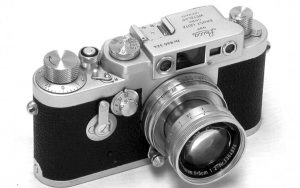
Leica IIIg. This is the final version of the Leica III and this model included a large display with several framing lines.
LAUNCH OF THE M3 SET
Leica M3 chrome Singlestroke with Leica-Meter M, Booster and Elmar lens f = 5 cm 1: 2.8 M39 with adapter.
M film series / M2. Discontinued in 1967, with 88,000 sets being produced.
M FILM SERIES / M1
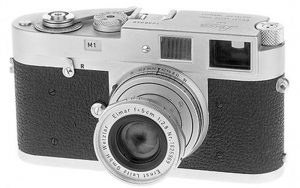
It was discontinued in 1964; 9,392 units were produced.
35.50 AND 90MM R LENS, LEICAFLEX AND VISOFLEX III
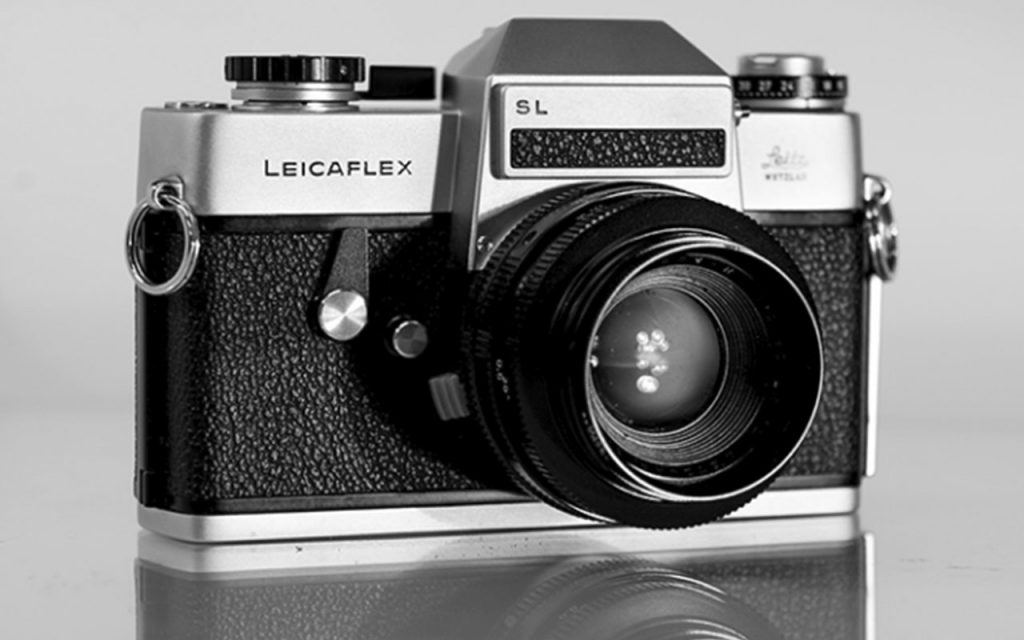
Leica 35mm R Lens f/2.8 Elmarit-R 1st version.
Leica 50mm R Lens f/2.0 Summicron-R 1st version.
Leica 90mm R Lens f/2.8 Elmarit-R 1st version. It was discontinued in 1996.
Leicaflex, sometimes called «Standard».
Leicaflex SL.
Leicaflex SL2.
R series / R3 to R7, made in collaboration with Minolta Corporation.
Visoflex III with an instantaneous return mirror.
M FILM SERIES / M4
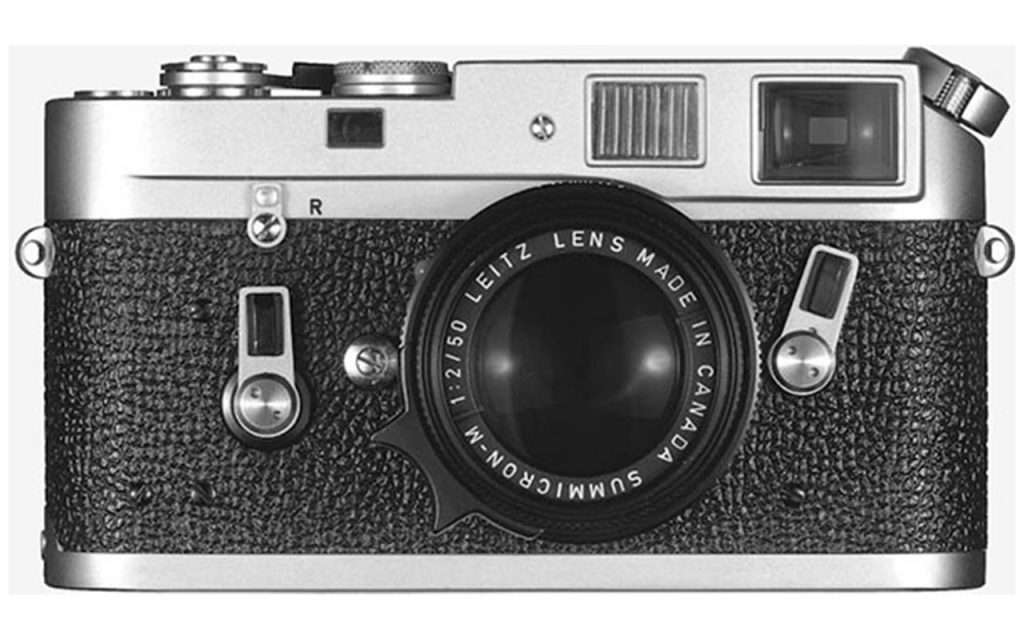
M film series / M4. Between 1967 and 1975, 50,000 units were produced. Together with the M5, it was the last M-camera to have a timer.
NEW R LENSES
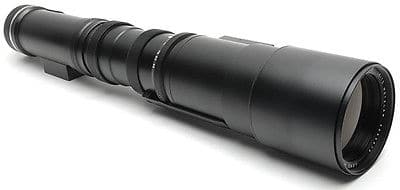
Leica 21mm R Lens f/3.4 Super-Angulon-R (design Schneider-Kreuznach).
Leica 21mm R Lens f/4.0 Super-Angulon-R (design Schneider-Kreuznach). The model was discontinued in 1992.
Leica 400mm R Lens f/6.8 Telyt-R. The model is produced until 1994.
SL MOT – TTL
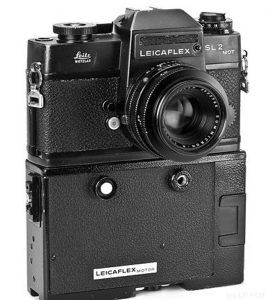
Leicaflex SL and SL MOT – TTL. Only about 1,000 MOTs were manufactured.
LEICA 90MM R LENS SUMMICRON-R 1st VERSION
THREE NEW R LENSES
Leica 35mm R Lens f/2.0 Summicron-R 1st version.
Leica 24mm R Lens f/2.8 Elmarit-R (glass design and produced by Minolta).
Leica 28mm R Lens f/2.8 Elmarit-R 1st version.
M FILM SERIES / M5
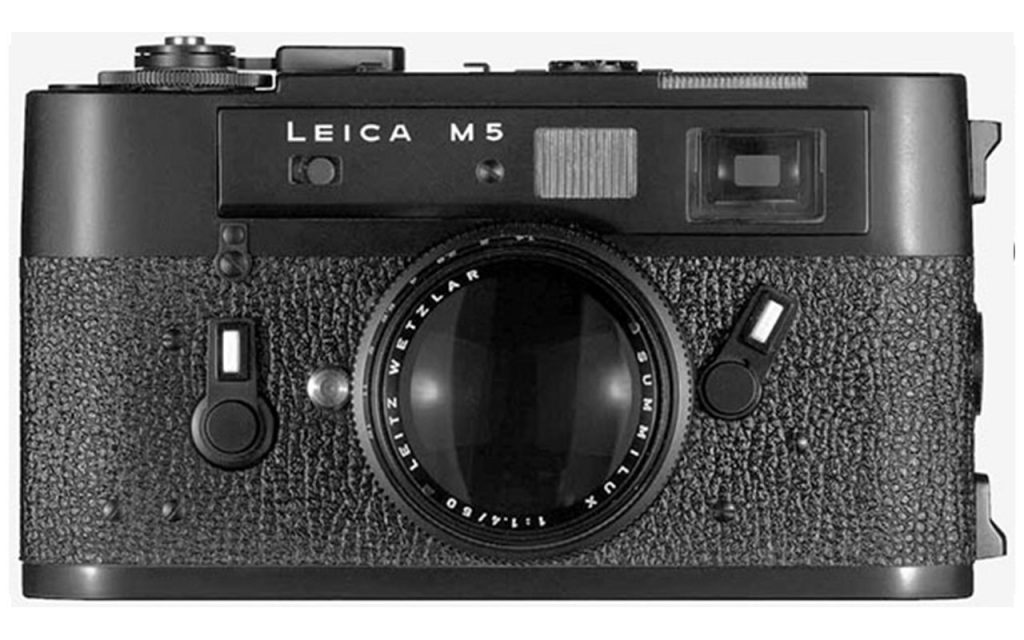
M film series / M5. Production discontinued in 1975; 31,400 units were produced.
It was the first Leica with a light meter.
Leica 560mm R Lens f/6.8 Telyt-R. Its production was maintained until 1995.
TWO NEW LENSES FOR THE R FAMILY
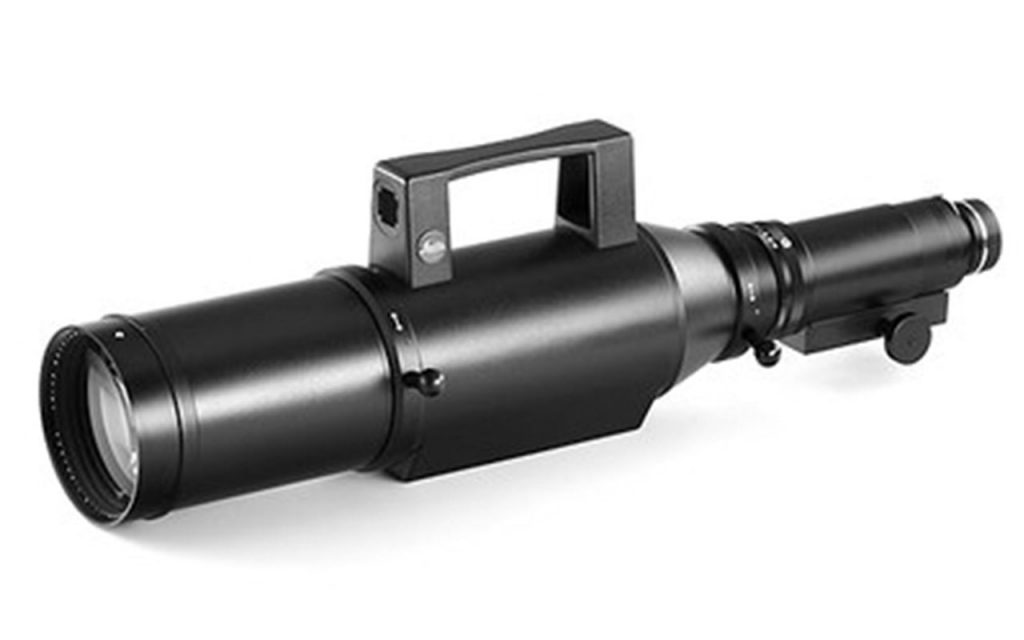
Leica 60mm R Lens Macro-Elmarit-R 1st version.
Leica 800mm R Lens f/6.3 Telyt-S. Its production was maintained until 1995.
M FILM SERIES / CL
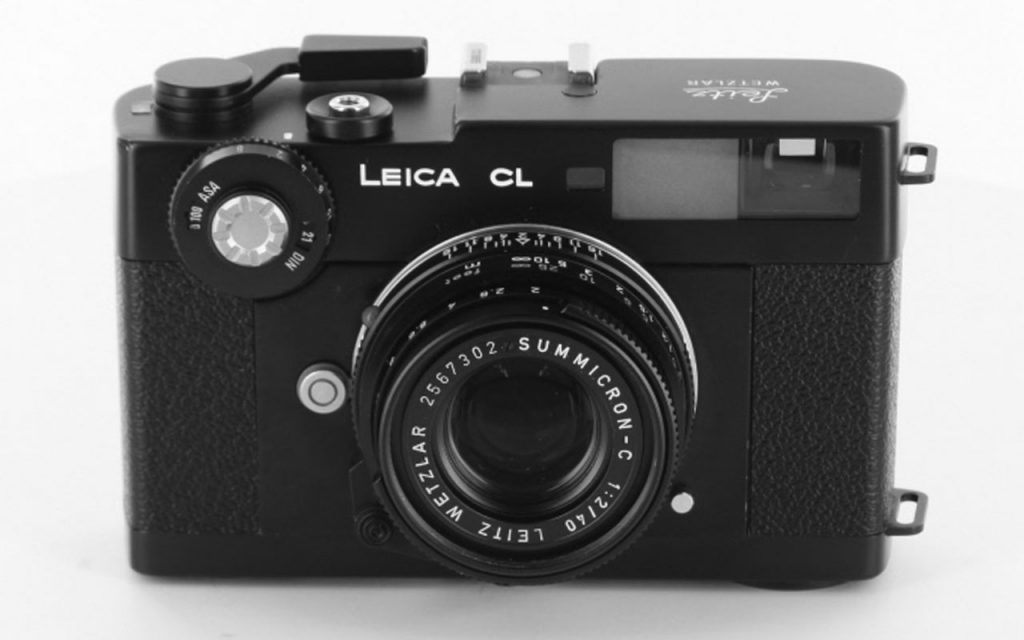
Manufactured until 1976, also called Leica «compact», it had Minolta participation.
THE FACTORY IN PORTUGAL IS CREATED
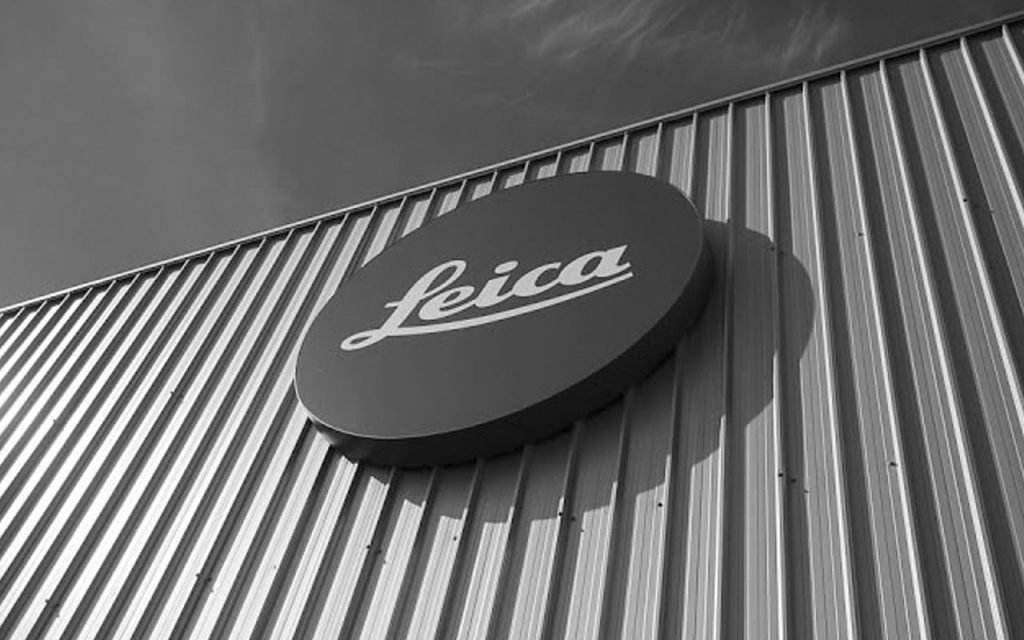
The factory in Portugal is created as an “extended workbench” of Ernst Leitz Wetzlar GmbH, with 92% German capital and 8% belonging to Banco Espírito Santo, Portugal. It begins its activities in small facilities in Famalicão, assembling microscopes.
Leicaflex SL2/SL2 MOT
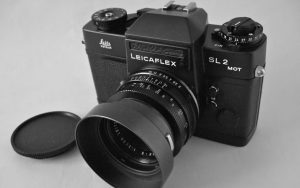
Leicaflex SL2/SL2 MOT camera. Considered by many the strongest 35mm camera ever designed. In the Leica Museum, in Solms, there is a model that survived a fall of 7,600m, and was subject to repair. From this model, only about 1,000 units were produced. SL2, for its part, was the last of the Leicaflex range.
LEICA PORTUGAL RELOCATES
Leica Portugal moves its premises to the place where it would remain for 40 years, still in Famalicão.
LEICA 180MM R LENS F/3.4 APO-TELYT-R
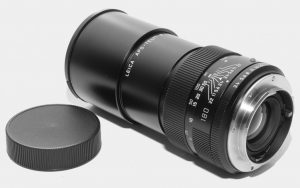
Leica 180mm R Lens f/3.4 APO-Telyt-R. A model produced until 1998
R SERIES – LEICA R
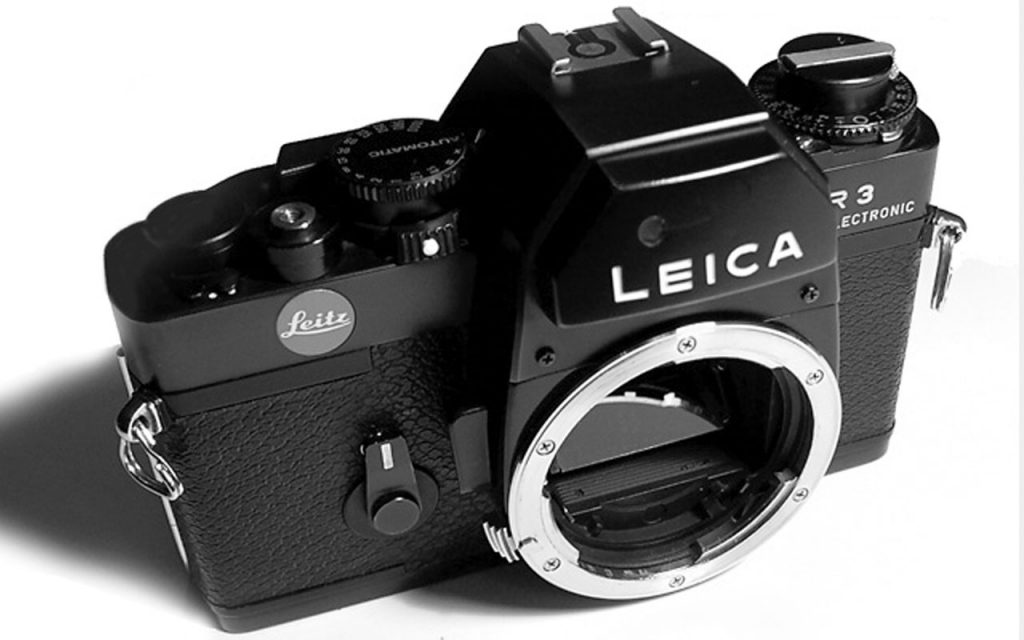
R series – Leica R3. É a primeira Leitz SLR eletrónica, baseada na Minolta XE/Minolta XE-1/XE-7. As primeiras foram construídas na Alemanha e depois a produção foi transferida para Portugal. Foi abandonada em 1980. A investigação em metais é expandida e é comprada a Cambridge Instruments (o primeiro produtor da Scanning Electron Microscopes).
THE R SYSTEM GAINS THREE NEW LENSES
Leica 35mm R Lens f/2.0 Summicron-R 2nd version.
Leica 180mm R Lens Elmar-R.
Leica 75–200mm R Lens f/4.5 Vario-Elmar-R. Production until 1984.
THE FACTORY IN PORTUGAL BEGINS PRODUCTION
The factory in Portugal begins production. There were 180 employees at this time. The assembly of binoculars begins.
M FILM SERIES / M4-2
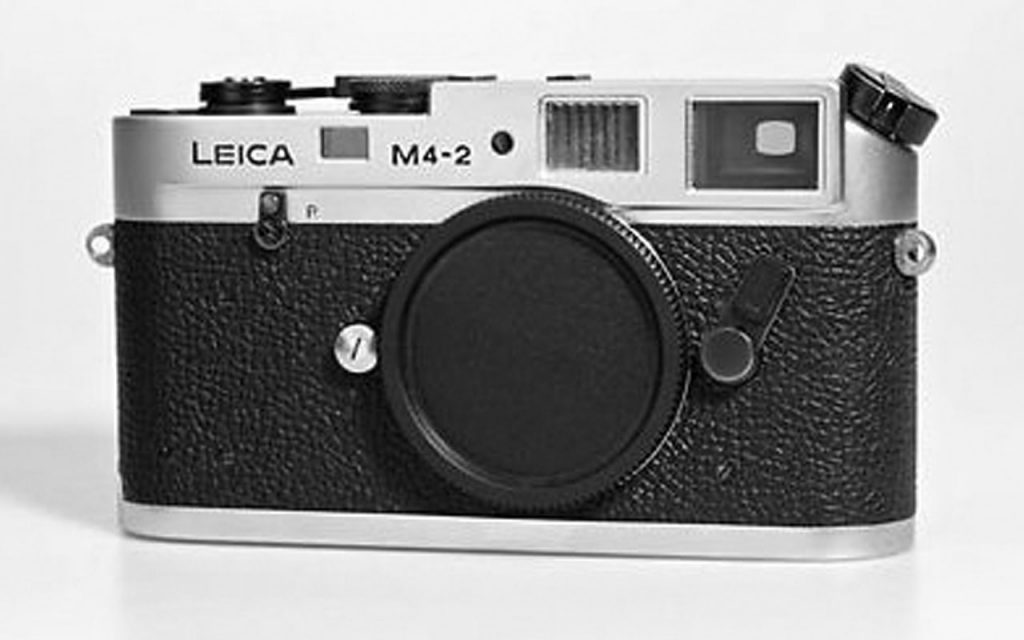
M film series / M4-2. «Made in Canada» until 1990. 17,000 sets were produced.
LEICA R3 ENTIRELY ASSEMBLED IN PORTUGAL
Complete assembly of the R3 camera in Portugal
M FILM SERIES / M4-P
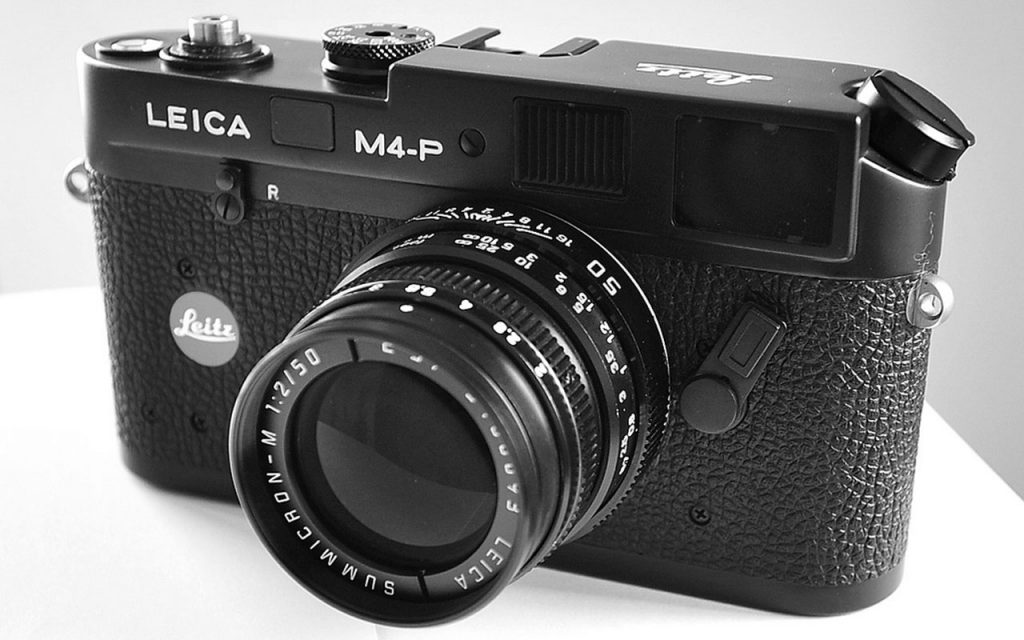
M film series / M4-P. Model manufactured until 1986.
R SERIES / R4MOT/R4/R4S/R4S MOD2
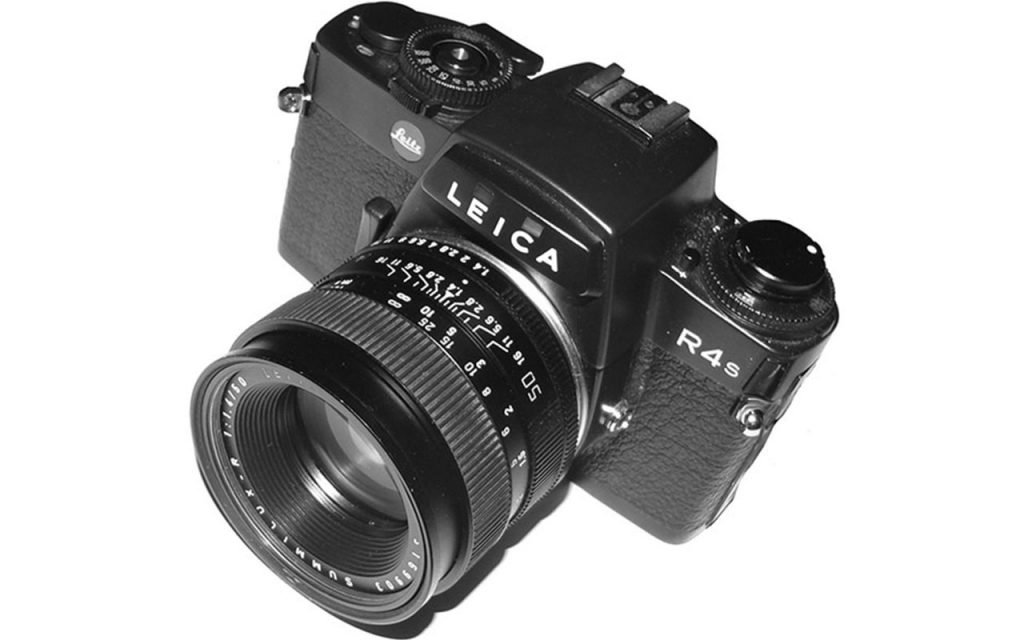
R series / R4MOT/R4/R4S/R4S Mod2.
LEICA 15MM R LENS F/3.5 SUPER-ELMAR-R
Leica 15mm R Lens f/3.5 Super-Elmar-R (Carl Zeiss design)
FACTORY IN PORTUGAL EXPANDS ITS FACILITIES
Construction of a second pavilion at the Famalicão factory where the Assembly will operate
LEICA 90MM R LENS F/2.8 ELMARIT-R 2nd VERSION
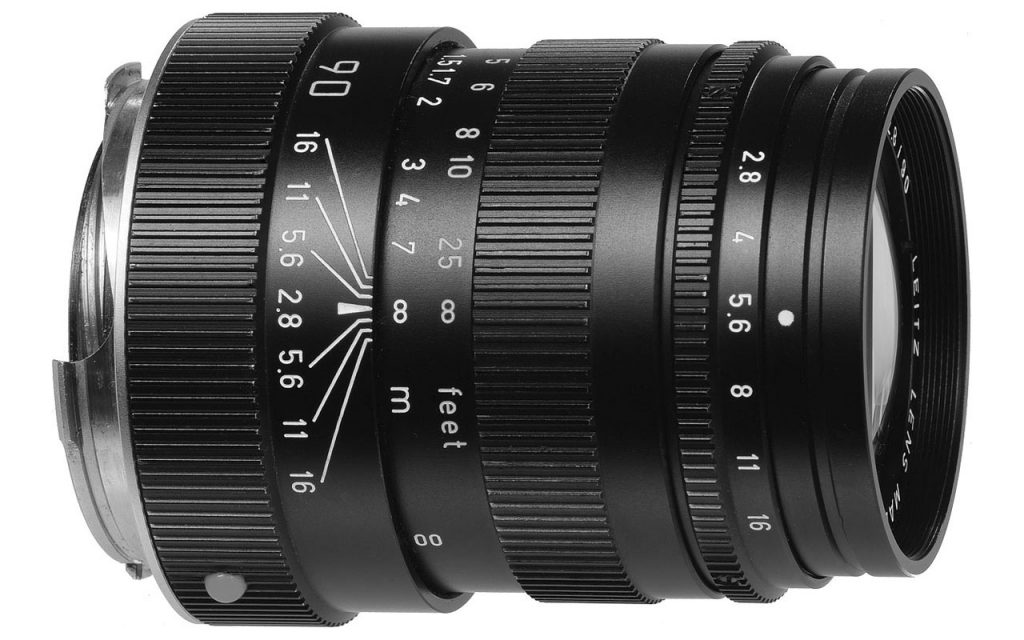
M FILM SERIES / M6
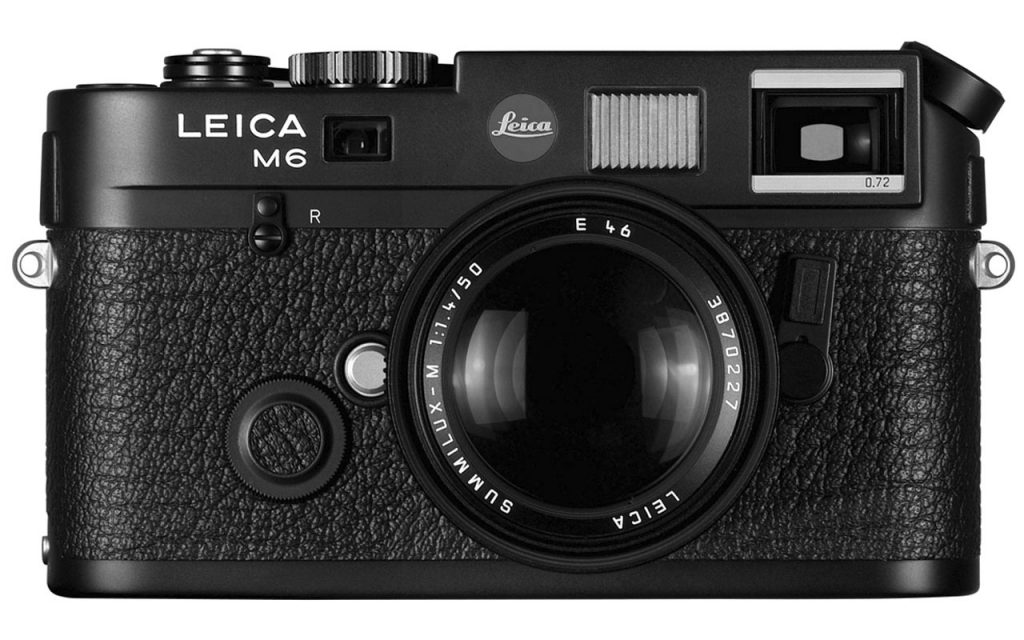
Informally referred to as the “’classic” M6, it remains in production until 1998.
LEICA 280MM R LENS F/2.8 APO-TELYT-R
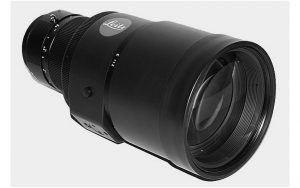
Leica 280mm R Lens f/2.8 APO-Telyt-R. Produced until 1997.
THE VISOFLEX SYSTEM IS DISCONTINUED
FACTORY IN PORTUGAL STARTS THE M6 PRE-ASSEMBLY
Transfer to Portugal of the pre-assembly of the M6 camera, previously made in Canada.
FORMATION OF THE WILD LEITZ AG GROUP
Merger of Ernst Leitz Wetzlar GmbH and Wild Heerbrugg AG forming the Wild Leitz AG Group.
LEITZ COMPANY CHANGED ITS NAME TO LEICA

The Leitz Company changed its name to Leica due to the strength of the brand. The Leica camera division became a private, independent company, Leica GmbH. At the time, Leica transferred its factory from the city of Wetzlar to the neighboring town of Solms.
R SERIES / LEICA R5 E RE
The R5 had a TTL flash while the RE was a simplified model.
LEICA IN PORTUGAL CONTINUES TO EXPAND
Construction of a third pavilion where Optics section will operate
R SERIES / LEICA R6

Its production lasted until 1992.
LEICA STARTS THE PRODUCTION OF BN BINOCULARS IN PORTUGAL
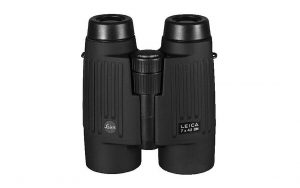
INTRODUCTION OF THE C (POINT AND SHOOT) SERIES – AF-C1
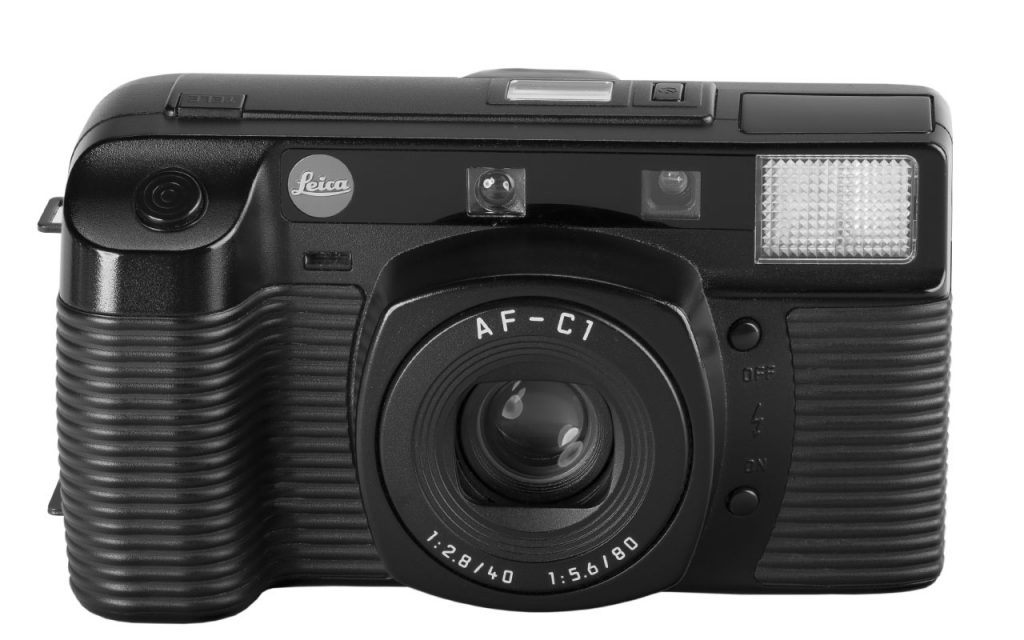
FORMATION OF THE LEICA HEERBRUGG AG GROUP
Merger of Wild Leitz Holding AG with Cambridge Instruments, Reichert & Jung and Bausch & Lomb, forming the Leica Heerbrugg AG group.
MINI SERIES / LEICA MINI
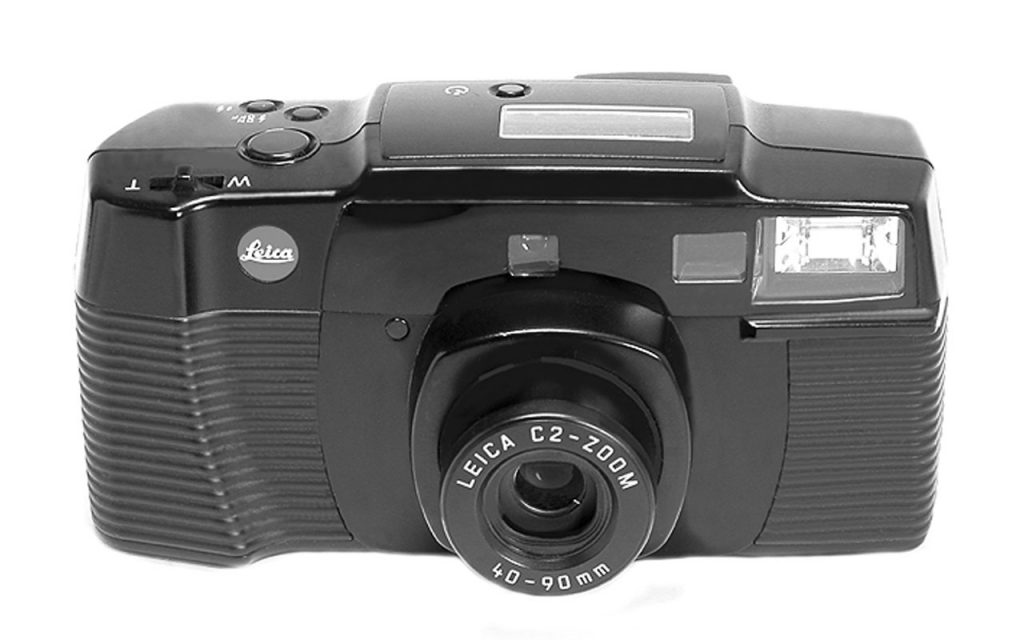
Introduction of the C (point and shoot) series / C2 Zoom
LEICA 400MM R LENS F/2.8 APO-TELYT-R
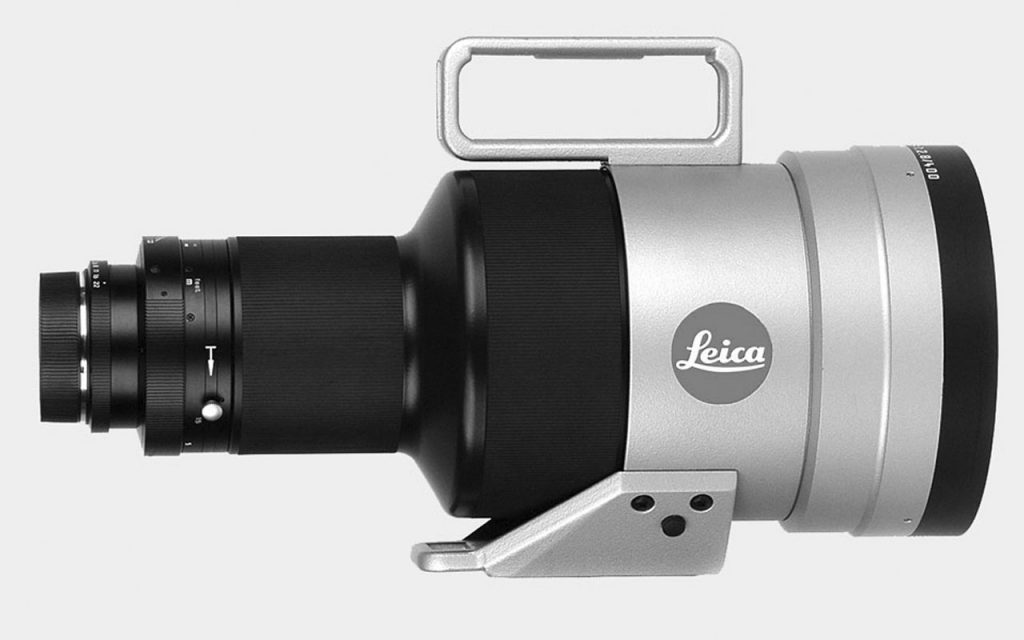
R SERIES / LEICA R7
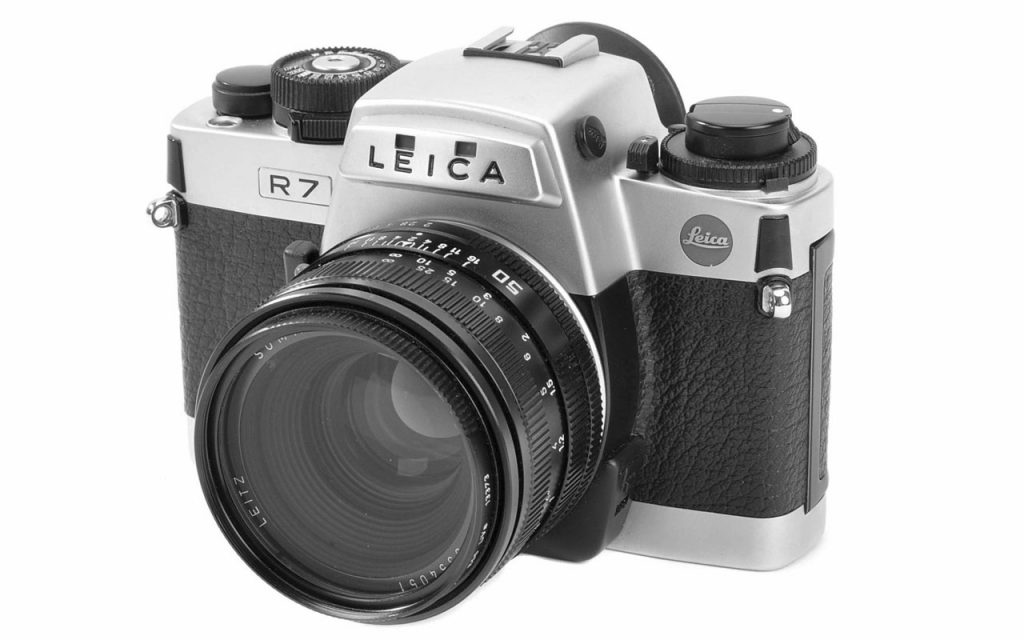
With even more advanced electronics.
PORTUGAL STARTS THE PRODUCTION OF OBJECTIVES FOR THE R & M SYSTEMS
FIRST JOINT VENTURE OF LEICA IN CHINA
MINI SERIES / LEICA MINI II
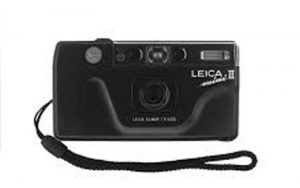
LEICA 28MM R LENS F/2.8 ELMARIT-R 2nd VERSION
M FILM SERIES / M6J
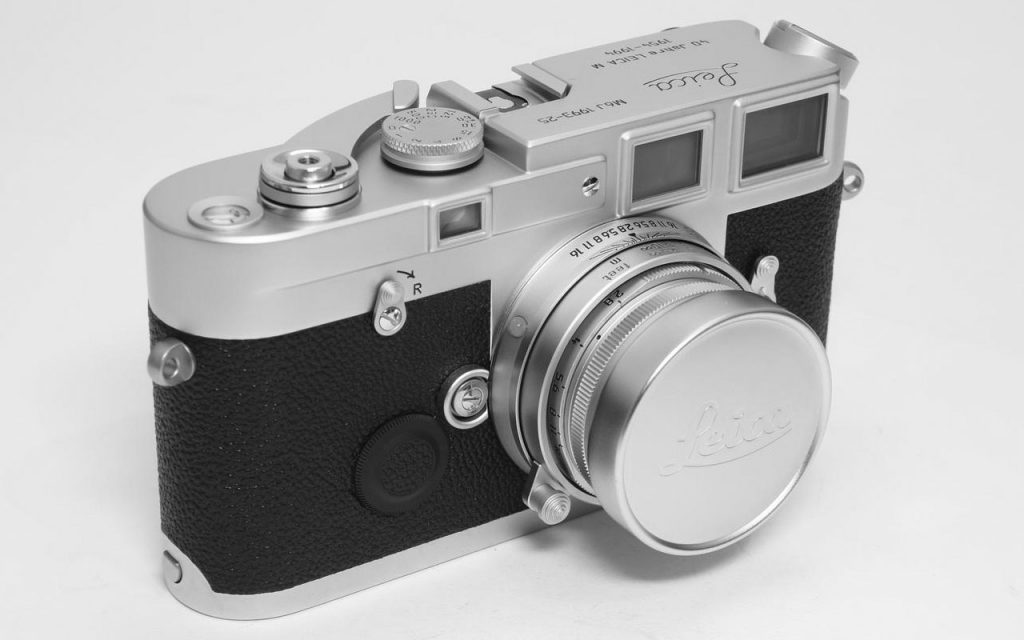
This was an edition for collectors of 1,640 cameras to celebrate the 40th anniversary of the Leica M System
USE OF LEICA LENSES IN PANASONIC EQUIPMENT
Since that date some Leica lenses – such as Nocticron or Elmarit – are used in Panasonic digital cameras and video recorders.
MINI SERIES / LEICA MINI III
MINILUX SERIES / LEICA MINILUX 40 MM
LEICA CAMERA SEPARATES FROM THE LEICA GROUP
S SERIES / LEICA S1
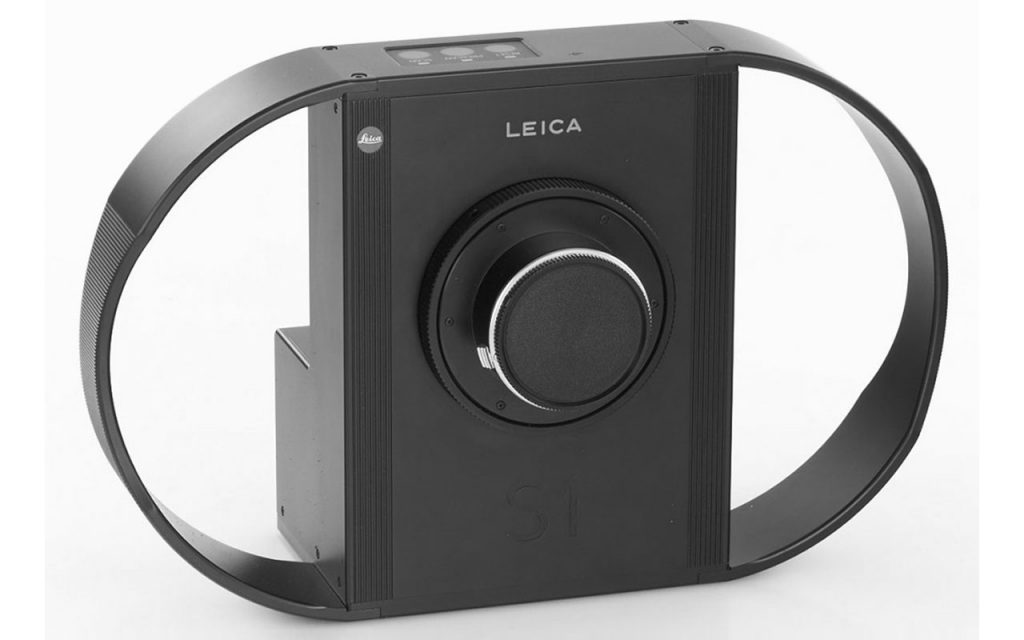
A scanner with high resolution; Approximately 160 were produced, mostly sold to museums, archives and research centres.
R SERIES / LEICA R8
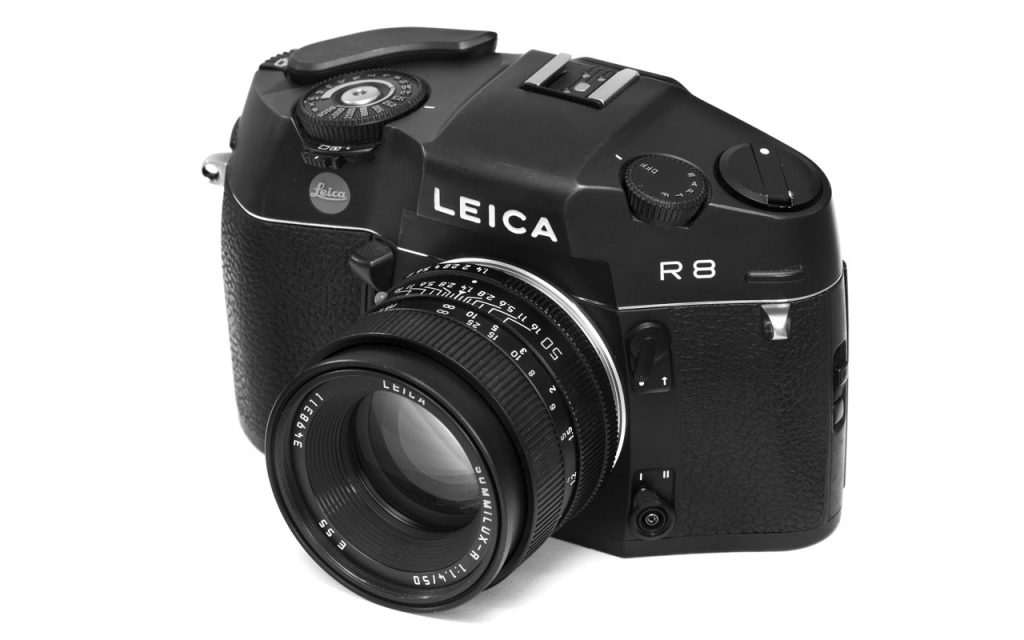
Completely redesigned, with its production returning to Germany. All traces of Minolta disappear. It was abandoned in 2002
THE FACTORY IN PORTUGAL STARTS THE PRODUCTION OF THE R8
The production of R8 starts and Leica obtains certification according to ISO 9001
LEICA 50MM R LENS F/2.0 SUMMICRON-R 2nd VERSION
LEICA 50MM R LENS F/1.4 SUMMILUX-R 3rd VERSION (ROM CONTACT)
C (POINT AND SHOOT) SERIES – Z2X
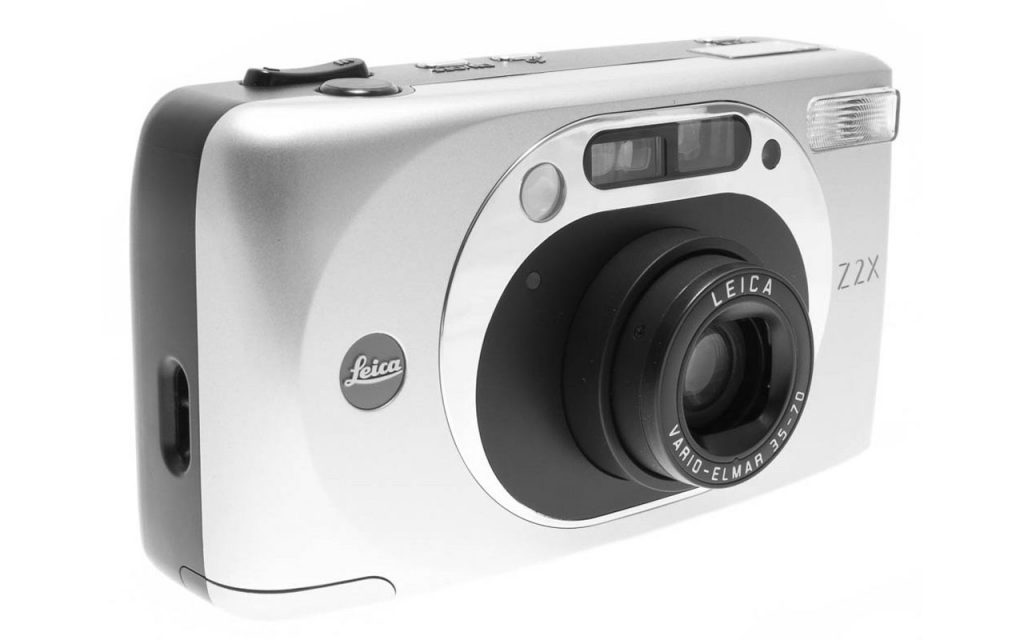
THE LEICA GROUP IS DIVIDED INTO LEICA MICROSYSTEMS AND LEICA GEOSYSTEMS
ESTABLISHMENT OF LOGISTICS AND INDUSTRIAL ENGINEERING IN PORTUGAL
LEICA 180MM R LEICA F/2.8 APO-ELMARIT-R
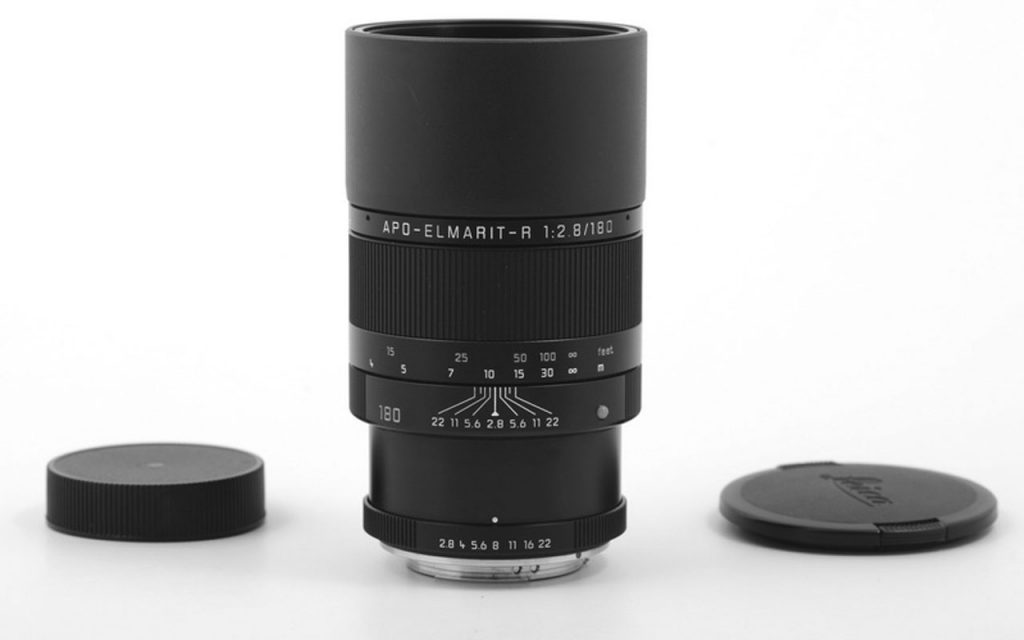
MINILUX SERIES / LEICA MINILUX ZOOM
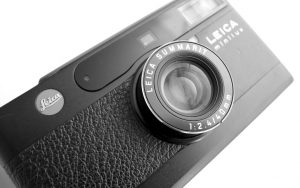
INTRODUCTION OF THE M FILM SERIES / M6 0.85
M FILM SERIES / M6 TTL
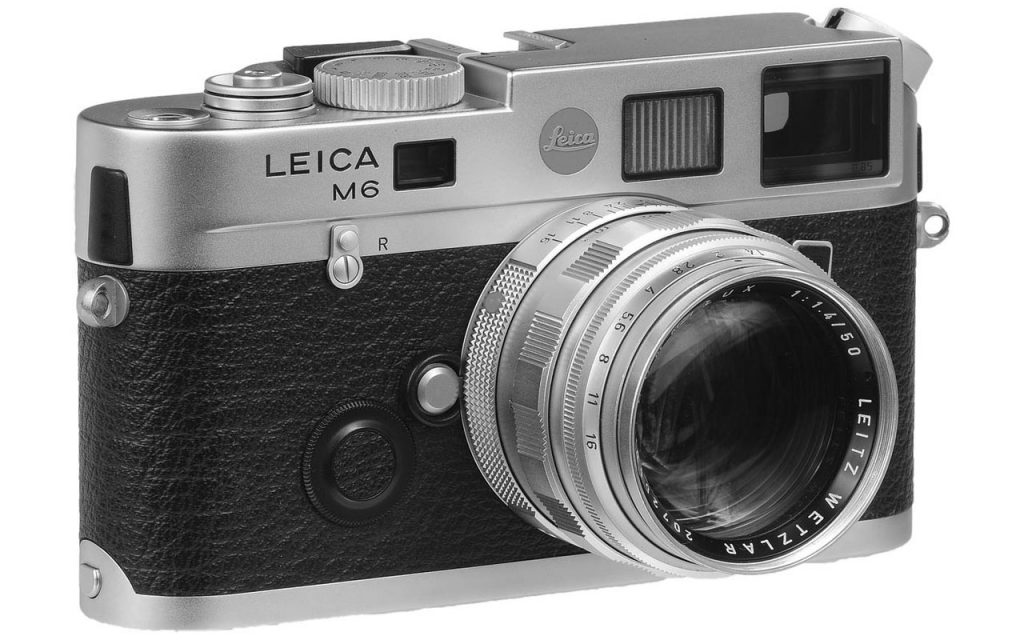
In production until 2002
LEICA GROUP, LEICA CAMERA, LEICA MICROSYSTEMS AND LEICA GEOSYSTEMS BECOME THREE INDEPENDENT COMPANIES
LEICA 35–70MM F/2.8 VARIO-ELMARIT-R ASPH ZOOM
Leica 35–70mm R Lens f/2.8 Vario-Elmarit-R ASPH zoom. Only 200 units were produced.
Cx Series – C1
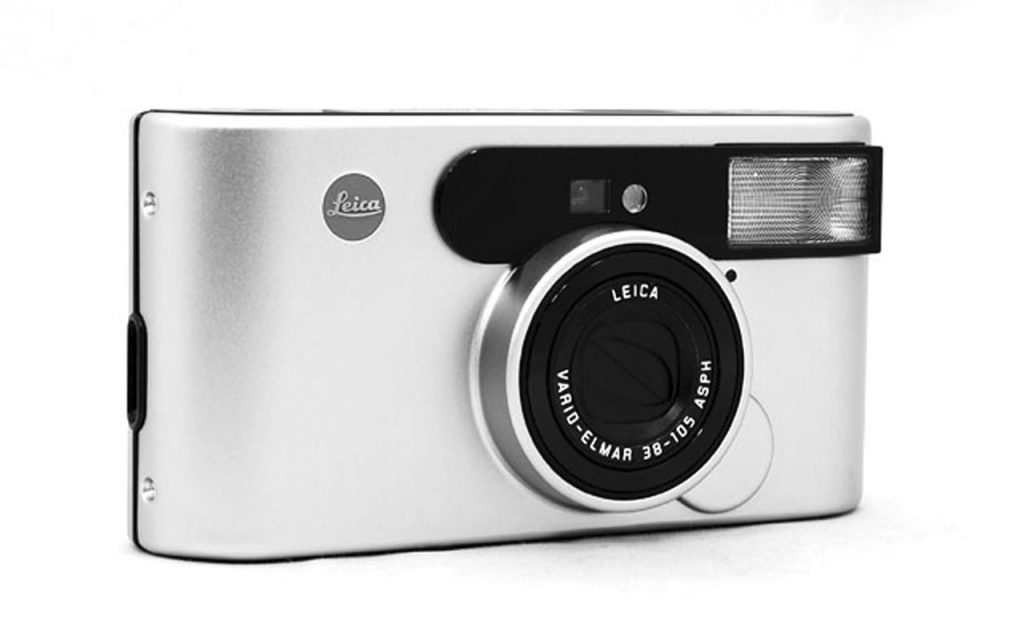
LEICA 15MM R LENS F/2.8 SUPER-ELMARIT-R ASPH
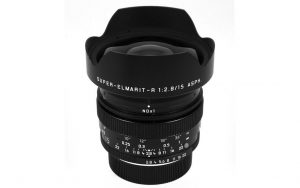
PRODUCTION OF THE LASER RANGEFINDER LRF 800 BEGINS IN PORTUGAL
LEICA 90MM R LENS APO-SUMMICRON-R ASPH
LEICA 21MM–35MM R LENS F/3.5–F/4.0 VARIO-ELMAR-R ZOOM
CX SERIES / C2. «MADE IN CHINA»
CX SERIES / C3
R SERIES / LEICA R9
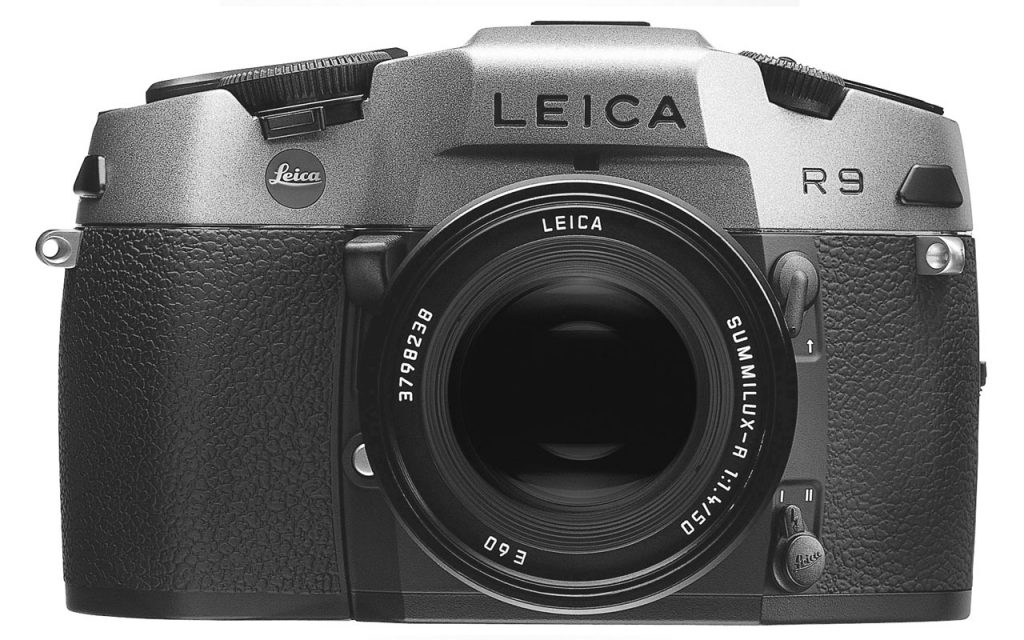
A lighter version of the R8 is produced weighing 100g less. This model was discontinued in 2009.
LEICA M7
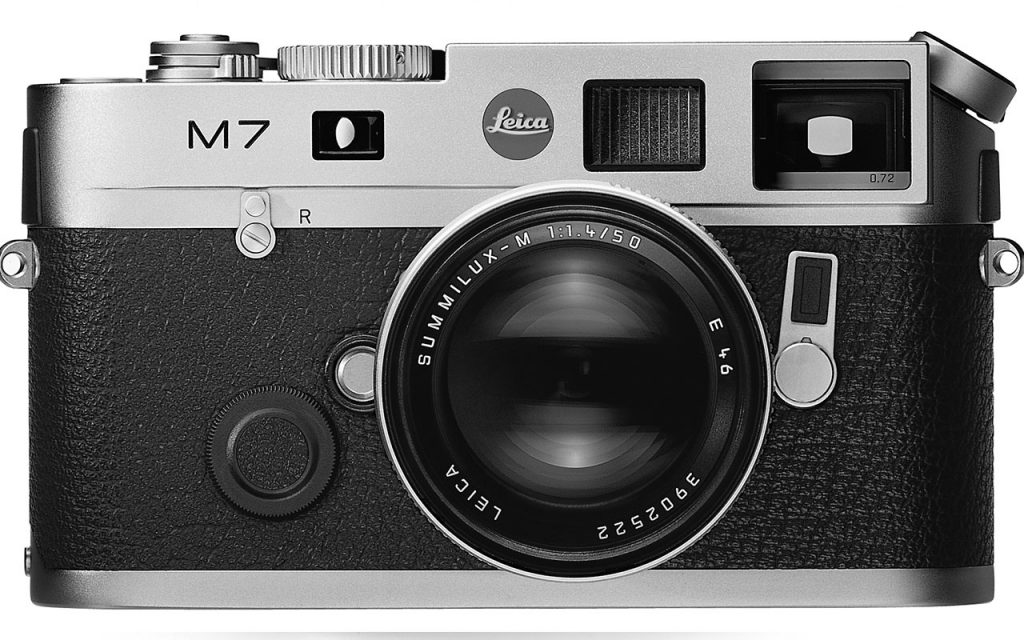
Production of the M7 and R9 cameras begins in Portugal and a chrome plating plant is installed. The M7 is an analog camera that has become a market leader.
M FILM SERIES / MP
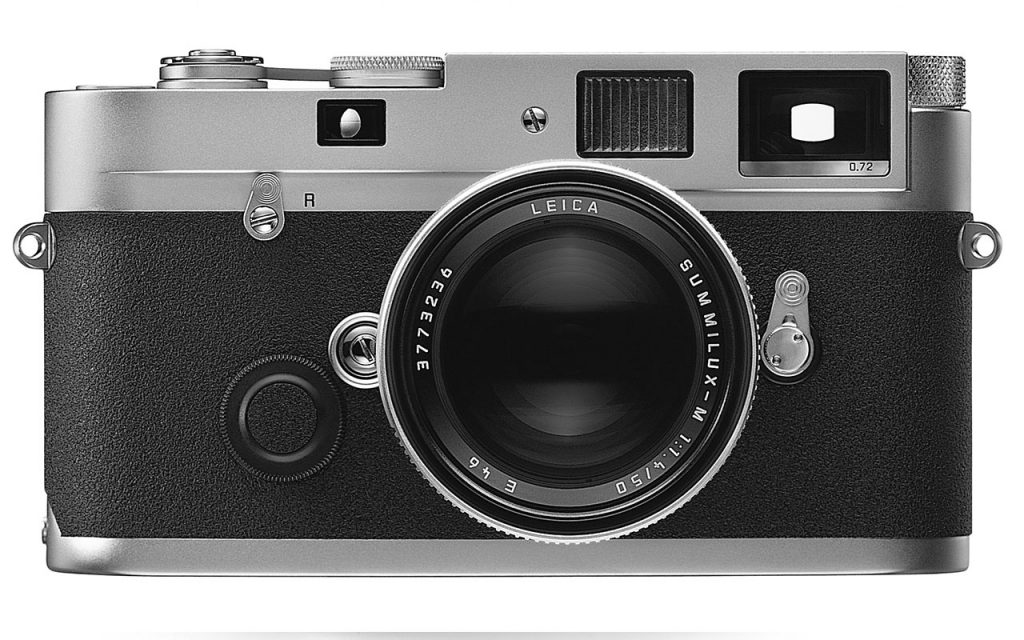
A homage to the original MP (this time, meaning «Mechanical Perfection»)
Digital compact camera series / D-Lux series / D-LUX
AT THE FACTORY IN PORTUGAL MAGNESIUM MACHINING IS STARTED
Magnesium machining.
Leica obtains new certification by EN ISO 9001:2000 in a year in which saw turnover of around 33 million euros.
THE FACILITIES OF LEICA IN PORTUGAL OCCUPY AN AREA OF 21,000 M2
The facilities of Leica occupy an area of 21,000 m2, with 14,000 m2 of covered area
D-LUX SERIES / D-LUX 2
Digital compact camera series / D-Lux series / D-LUX 2
DIGITAL M SERIES / M8
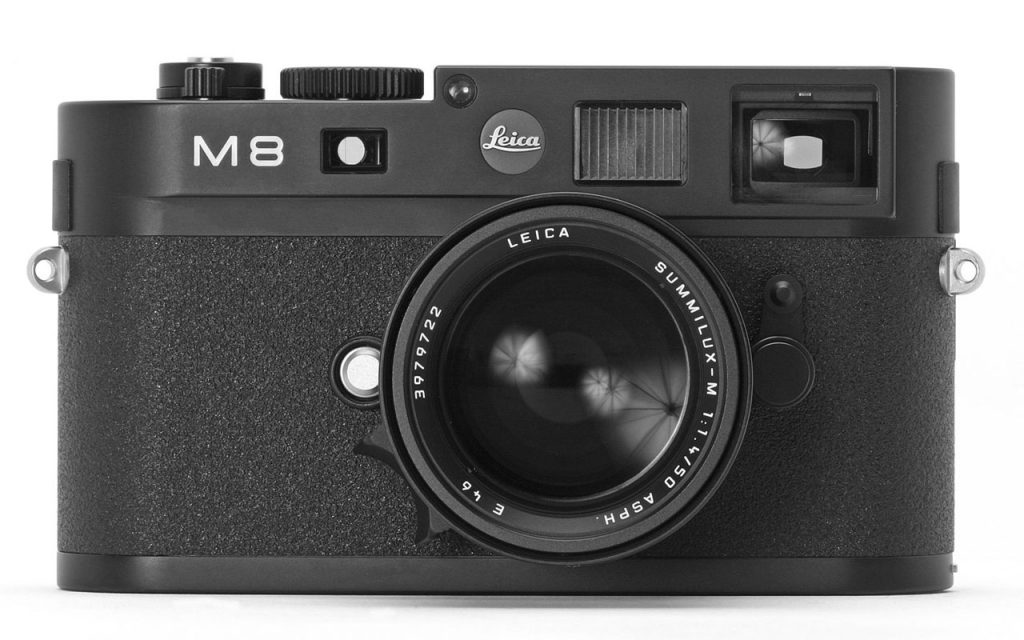
Digital M series / M8. Discontinued in 2009.
THREE NEW COMPACT CAMERAS
Digital compact camera series / C-Lux series / C-LUX 1.
Digital compact camera series / D-Lux series / D-LUX 3.
Digital compact camera series / V-Lux bridge camera series / V-LUX 1.
C-LUX SERIES / C-LUX 2
DIGITAL M SERIES / M8.2
An updated version of the Leica M8.
S SERIES / LEICA S2
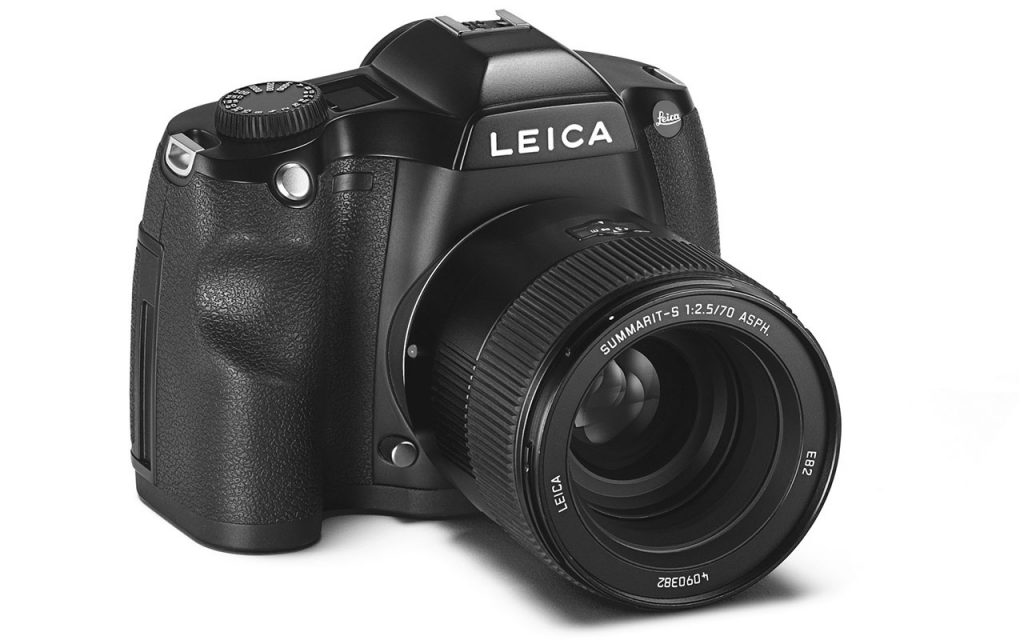
DIGITAL COMPACT CAMERA SERIES / C-LUX SERIES / C-LUX 3
DIGITAL COMPACT CAMERA SERIES / D-LUX SERIES / D-LUX 4
END OF THE R SERIES
The official website of Leica in the United States announces the end of the R-series
DIGITAL M SERIES / M9
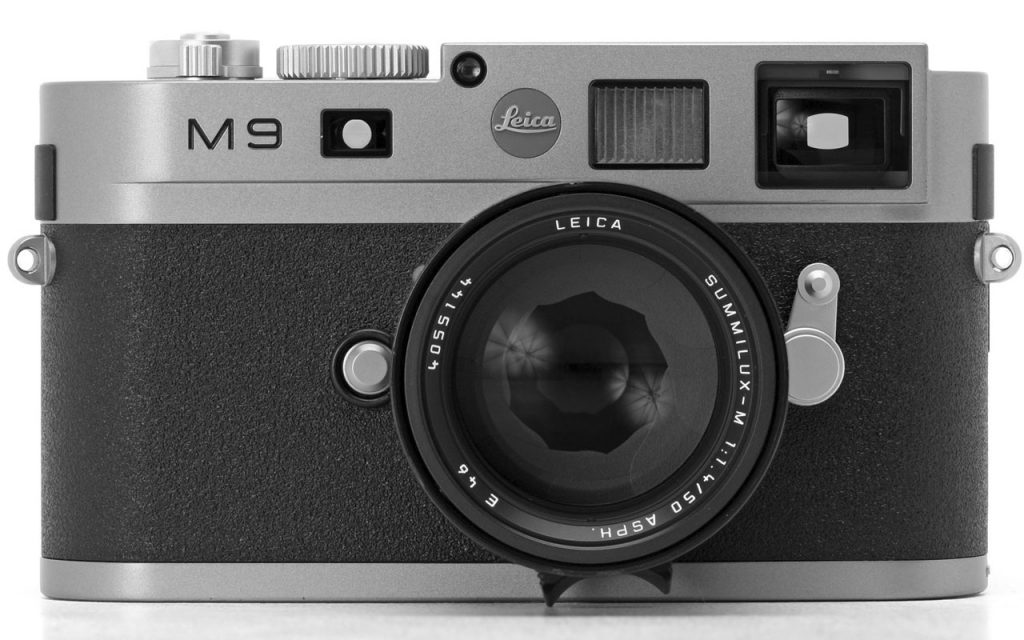
The first all-digital camera in this series
LAY-OFFS IN PORTUGAL
Period of lay-offs due to a 30% drop in orders. However, the situation is quickly overcome.
X SERIES
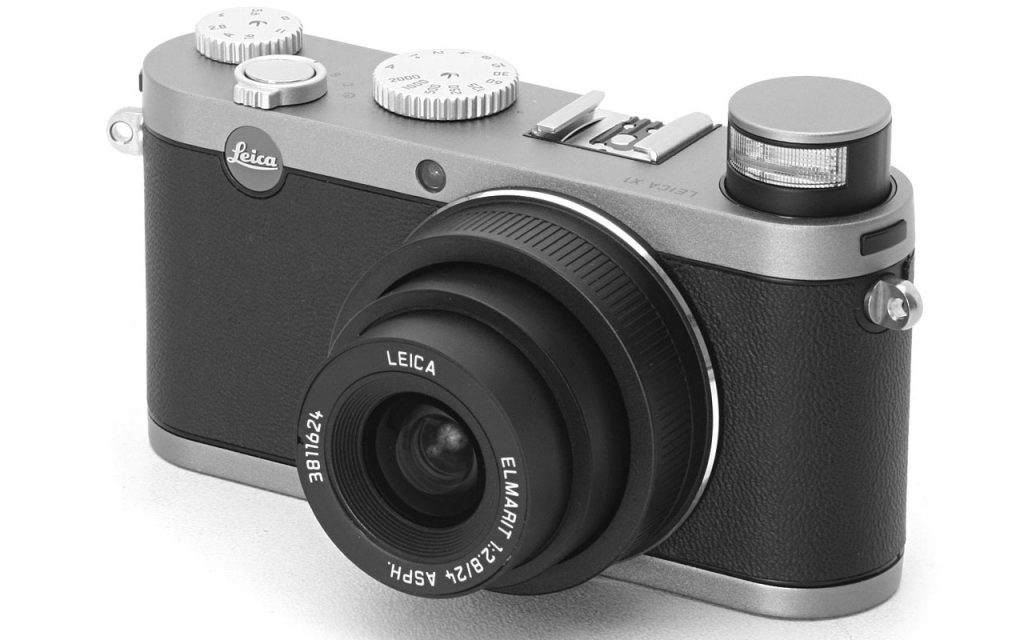
The presentation of the Leica X1 camera series is made
RENEWAL OF THE COMPACT SERIES
Digital compact camera series / D-Lux series / D-LUX 5.
Digital compact camera series / V-Lux bridge camera series / V-LUX 20.
Digital compact camera series / V-Lux bridge camera series / V-LUX 2.
HISTORICAL AUCTION
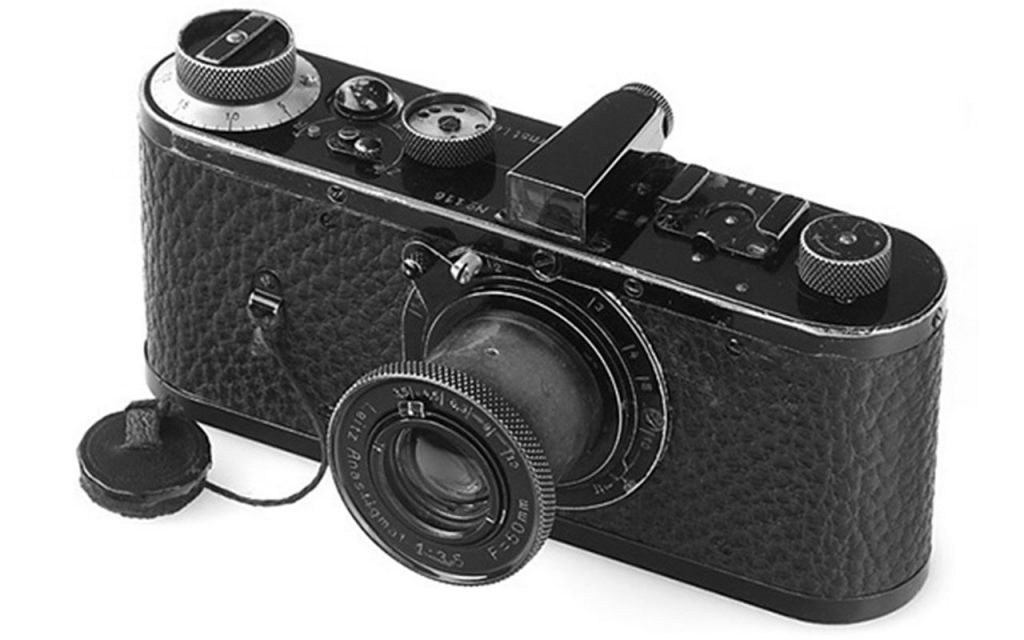
In May 2011, a Leica camera, built in 1923, was auctioned for $ 1.9 million, making it one of the most expensive cameras in history.
BLACKSTONE GROUP PURCHASES 44% OF CAPITAL
DIGITAL M SERIES / M9-P
The digital camera with a classic «look»
COMPACT SERIES RENEWAL
Digital compact camera series / V-Lux bridge camera series / V-LUX 30 e V-LUX 3.
TURNOVER INCREASED TO 247 MILLION
This year, turnover amounted to 247 million euros
DIGITAL M SERIES / M MONOCHROM
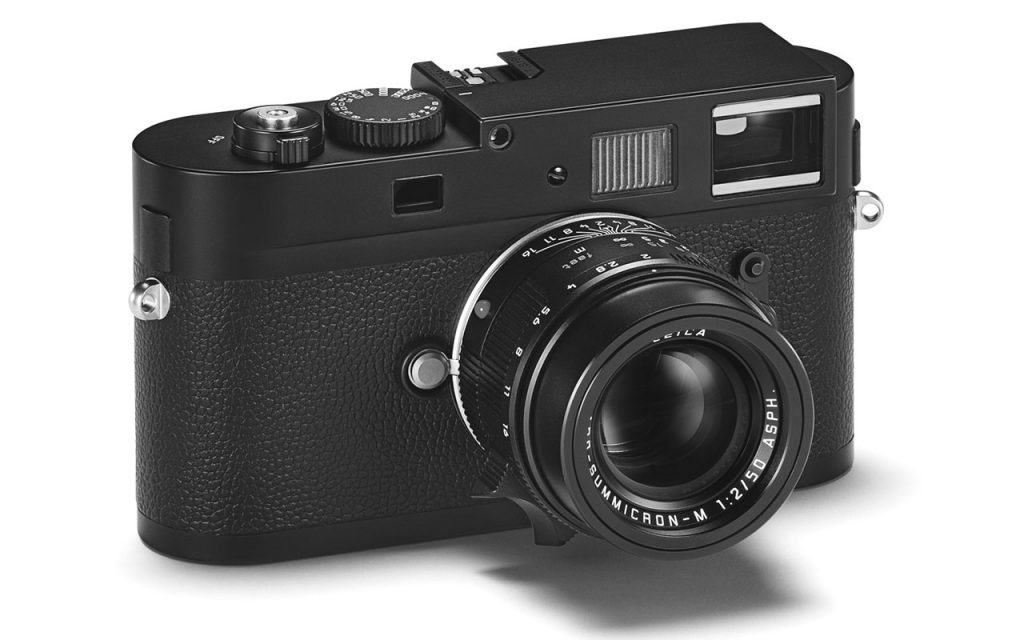
DIGITAL M SERIES / M-E (TYPE 220)
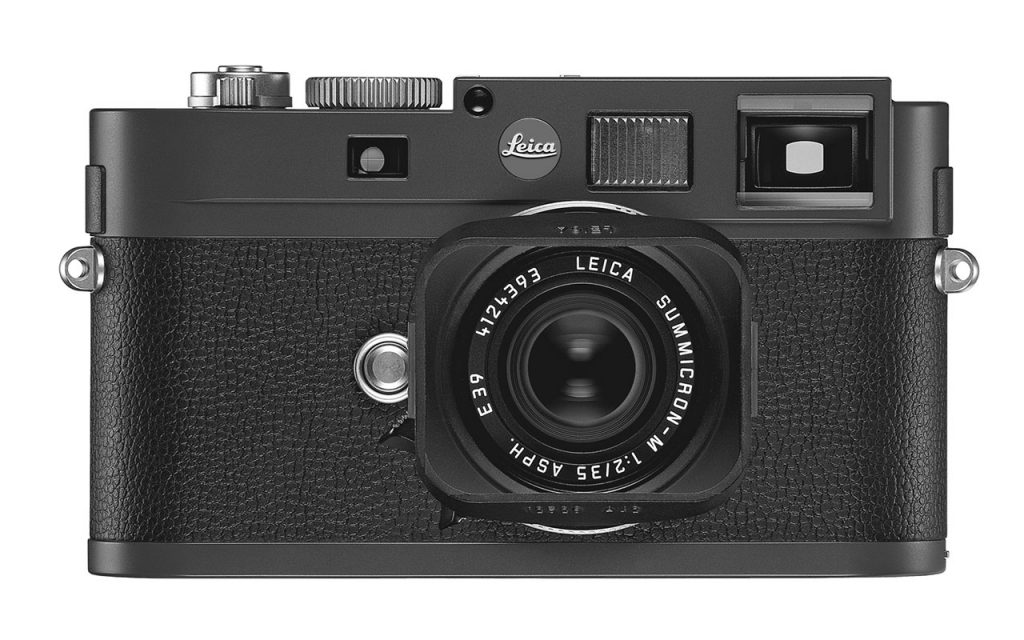
DIGITAL M SERIES / M (TYPE 240)
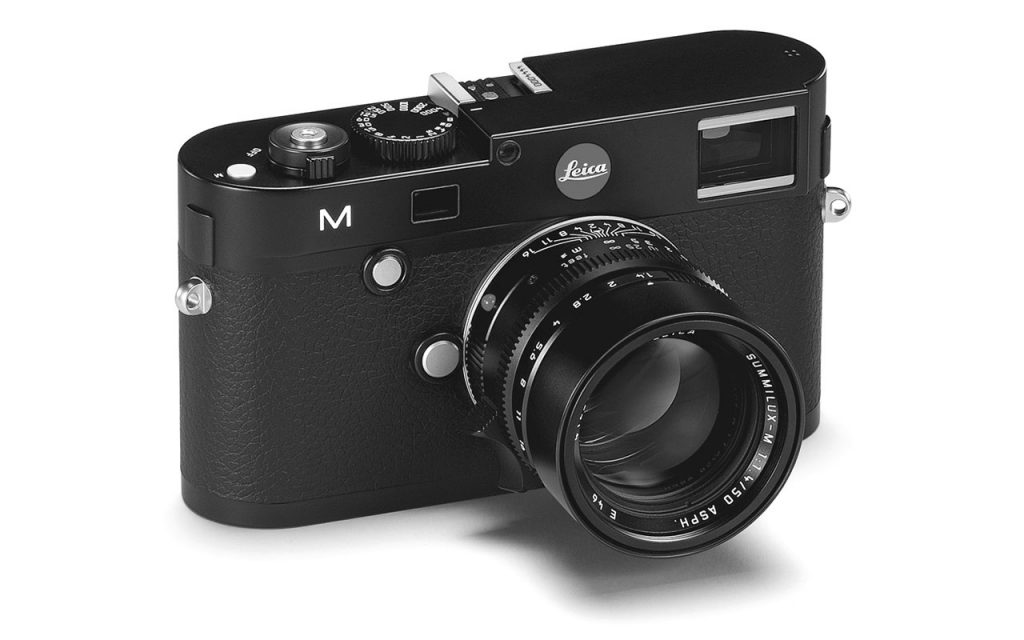
DIGITAL COMPACT CAMERA SERIES / D-LUX SERIES / D-LUX 6
DIGITAL COMPACT CAMERA SERIES / V-LUX BRIDGE CAMERA SERIES / V-LUX 4
S SERIES –LEICA S (TYP 006)
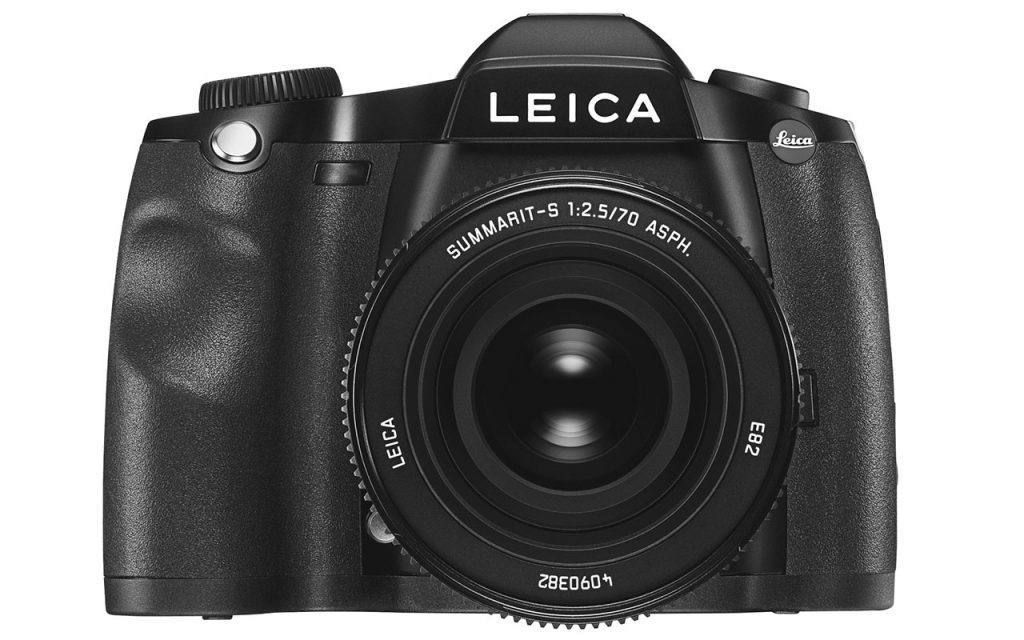
S series –Leica S (Typ 006) replaces Leica S2.
X2
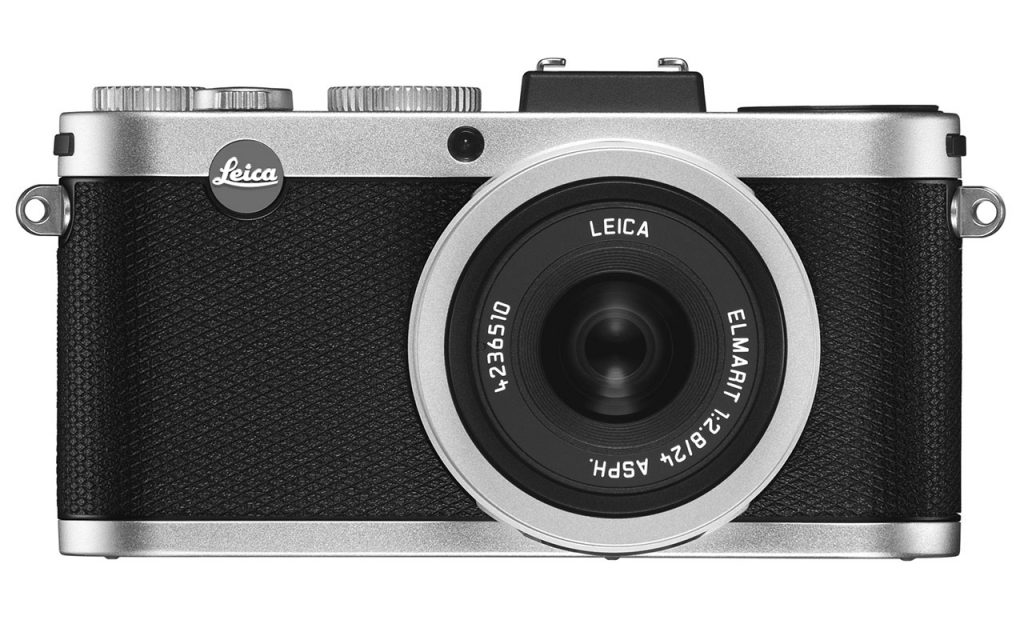
X series –Leica X2 replaces Leica X1
SOCIAL RESPONSIBILITY
In Portugal, in order to offset the cuts imposed by the government, Leica shared its profits with employees in a year in which turnover amounted to 40 million euros.
LEICA PURCHASES SWISS SINAR PHOTOGRAPHY AG
Leica Camera AG announces completion of the purchase of Swiss Sinar Photography AG
C SERIES / LEICA C (TYP 112)
A compact camera with an electronic viewfinder based on the Panasonic DMC-LF1
X SERIES / LEICA X VARIO (TYP 107)
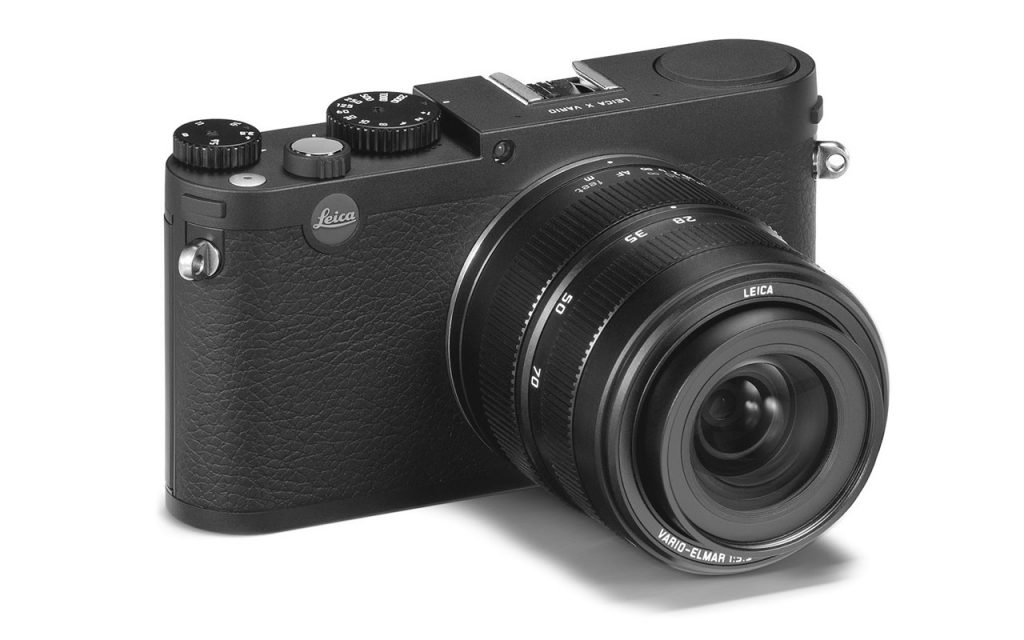
A compact camera without a viewfinder (plug-in for optional electronic viewfinder).
NEW FACTORY IN PORTUGAL
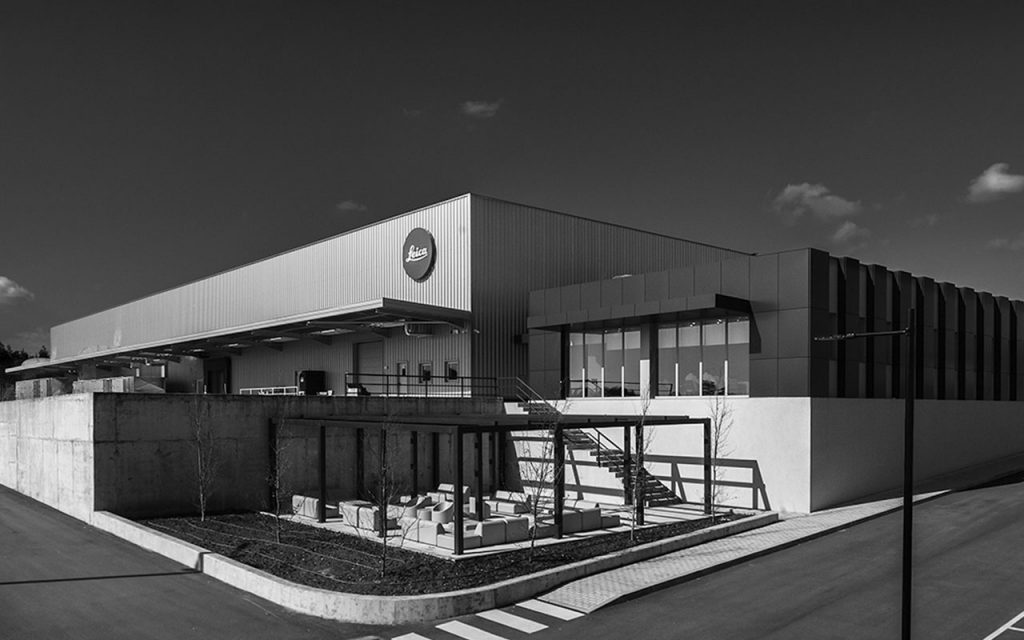
On March 31, Leica inaugurated the new factory, also in Famalicão. The facility has an area of 52,000 square meters, of which 13,600 m² are dedicated to production. The investment in this new factory was around 22.5 million euros.
NEW FACTORY IN AM LEITZ PARK 1
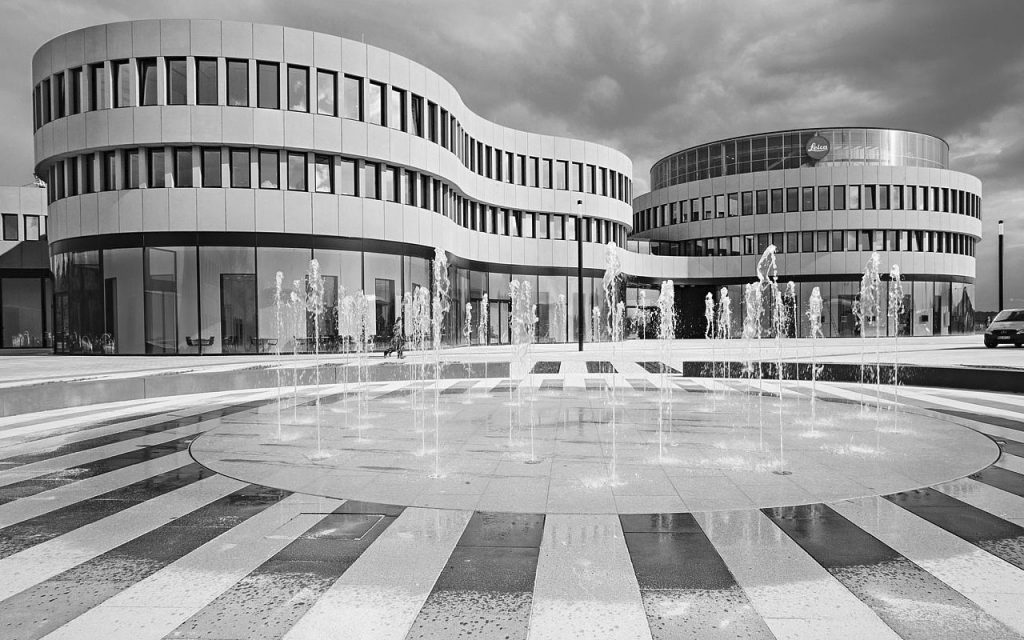
In May, Leica Camera AG opened its new factory in Am Leitz Park 1 in the new industrial area of Wetzlar, the city where it all began and to commemorate the 100th anniversary of the Leica camera, the company joined the Swiss watchmaker Valbray to produce a limited edition of Leica inspired watches.
M FILM SERIES – M-A (TYP 127)
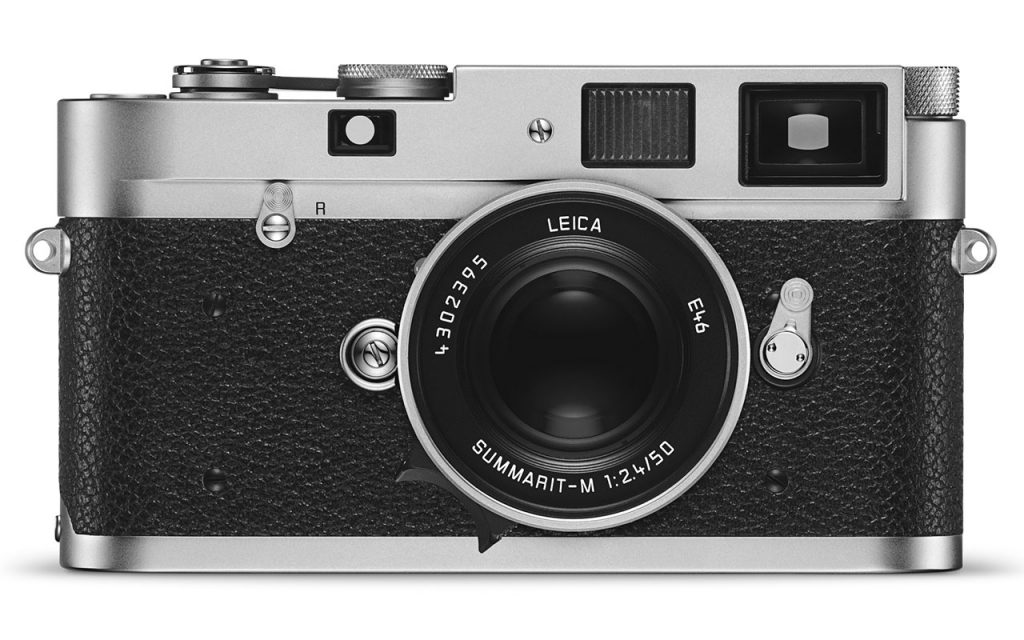
A fully mechanical camera without any electronic components.
L MOUNT SERIES / LEICA T (TYP 701)
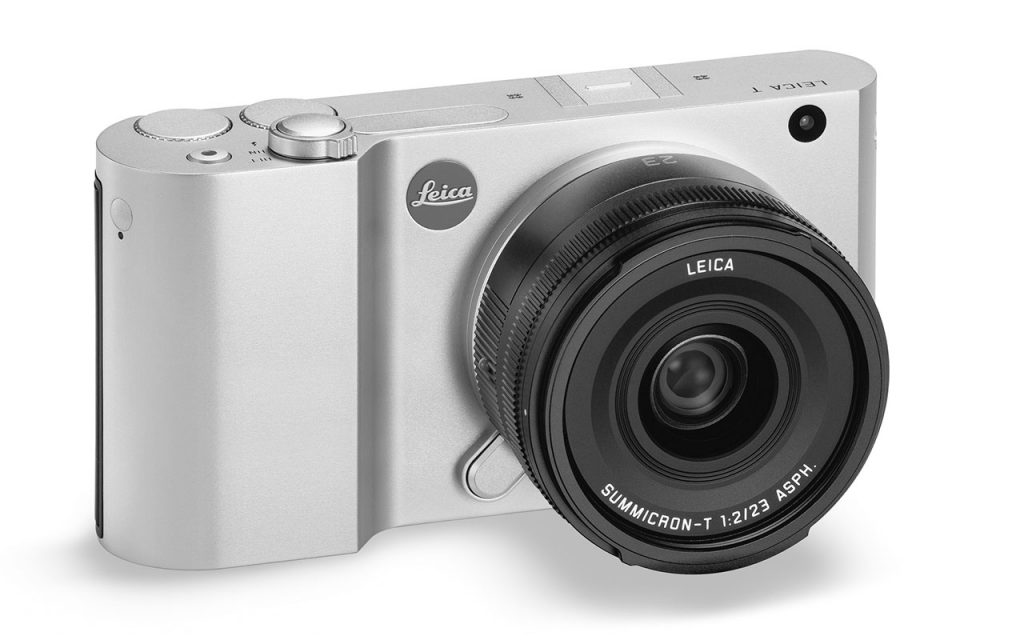
Produced in Portugal, the Leica T is the first camera made worldwide with the «unibody» concept: all the exterior is constructed from a single block of aluminum.
This model, produced in collaboration with Audi design, offers a touch screen and integrated WiFi module.
THE ANNUAL GENERAL PRODUCTION IN PORTUGAL IS ESTIMATED AT 40,000 pairs of BINOCULARS, 15,000 OBJECTIVES, 4,000 TELESCOPIC VIEWERS AND 20,000 CAMERAS. THE ANNUAL GENERAL PRODUCTION IN PORTUGAL IS ESTIMATED AT 40,000 pairs of BINOCULARS, 15,000 OBJECTIVES, 4,000 TELESCOPIC VIEWERS AND 20,000 CAMERAS.
THE DESIGN TEAM RECEIVED AN AWARD FOR THE DESIGN OF LEICA SUMMILUX-C LENSES FOR THEIR MECHANICAL AND OPTICAL DESIGN
DIGITAL M SERIES / LEICA M (TYPE 262)
Eyepiece magnification and custom engraving
DIGITAL M SERIES – LEICA M MONOCHROM (TYPE 246)
With a buffer of 2GB and sapphire LCD screen
Q SERIES / LEICA Q (TYPE 116)
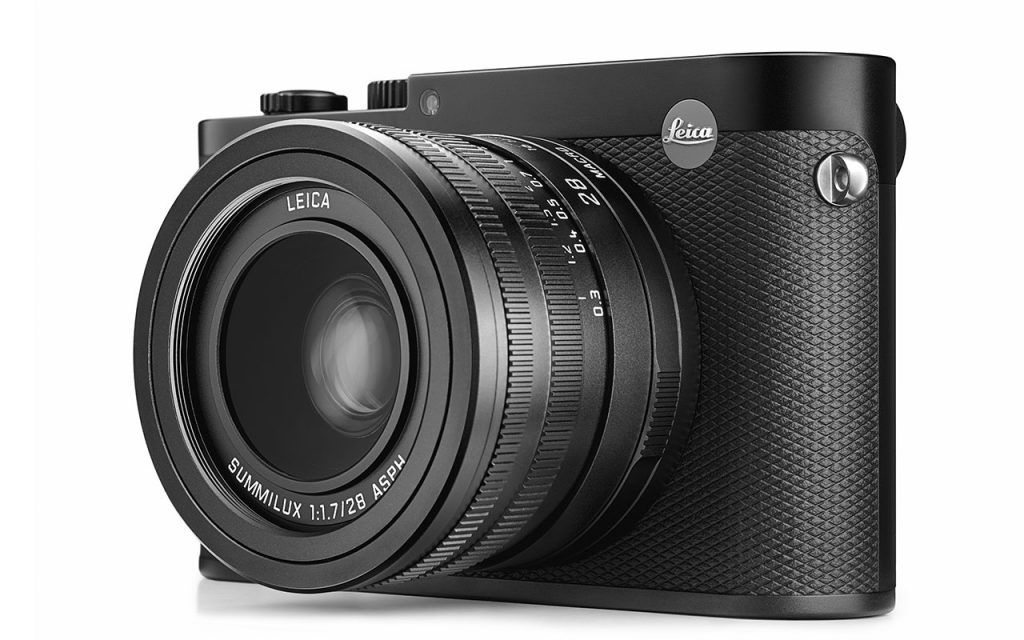
Compact camera with Summilux 28 mm f/1.7 ASPH lens
DIGITAL SL SERIES – LEICA SL
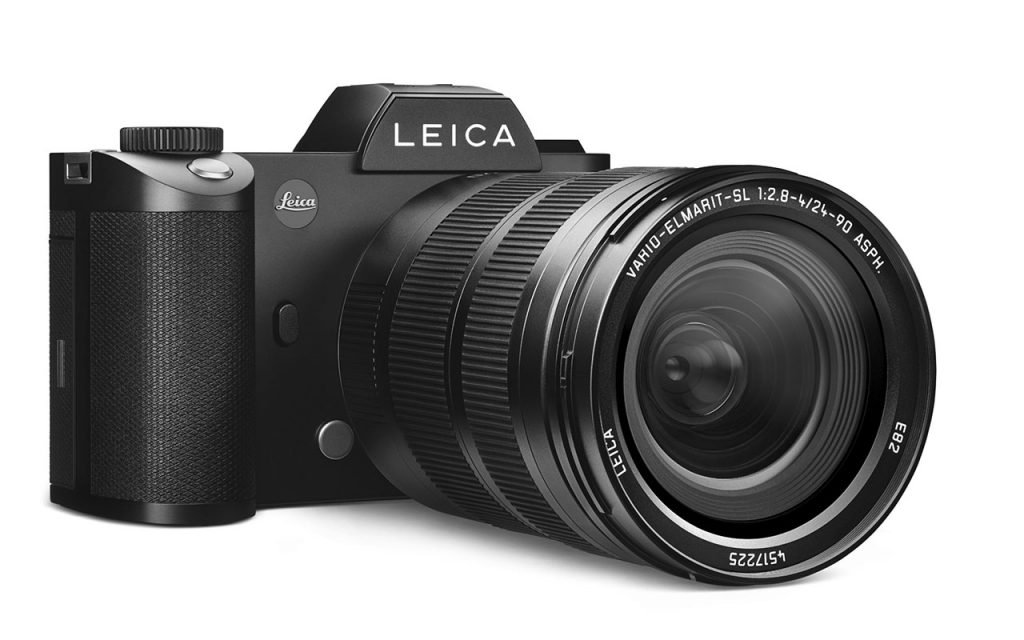
DIGITAL M SERIES / LEICA M-D (TYPE 262)
No rear screen included.
OPENING OF THE FIRST LEICA STORE IN PORTUGAL
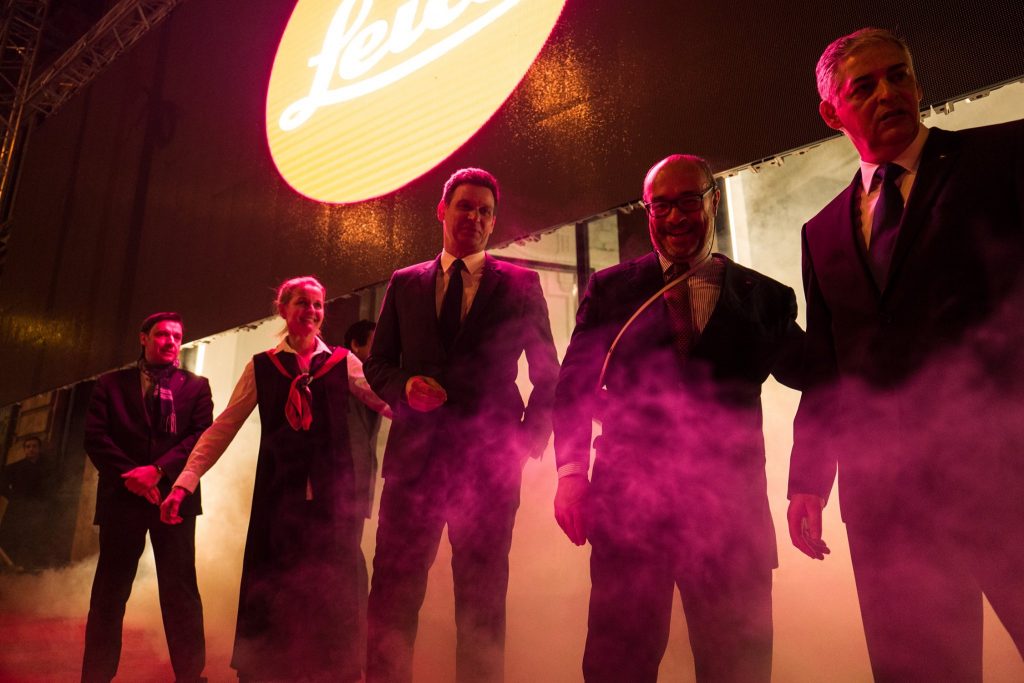
The city of Porto was chosen as the location for the first LEICA STORE in Portugal. The Leica Store in Porto was opened on December 1st, 2016.








